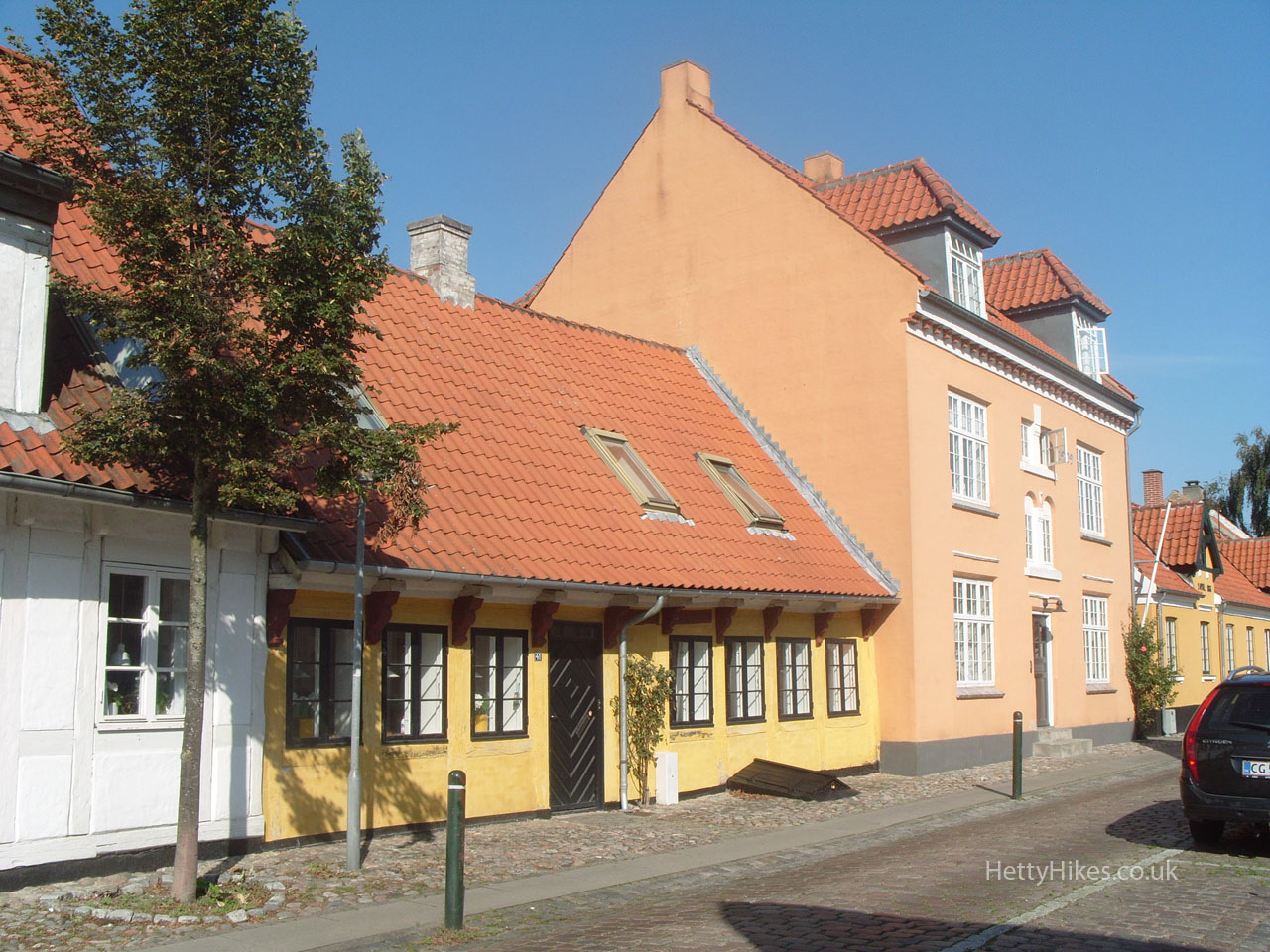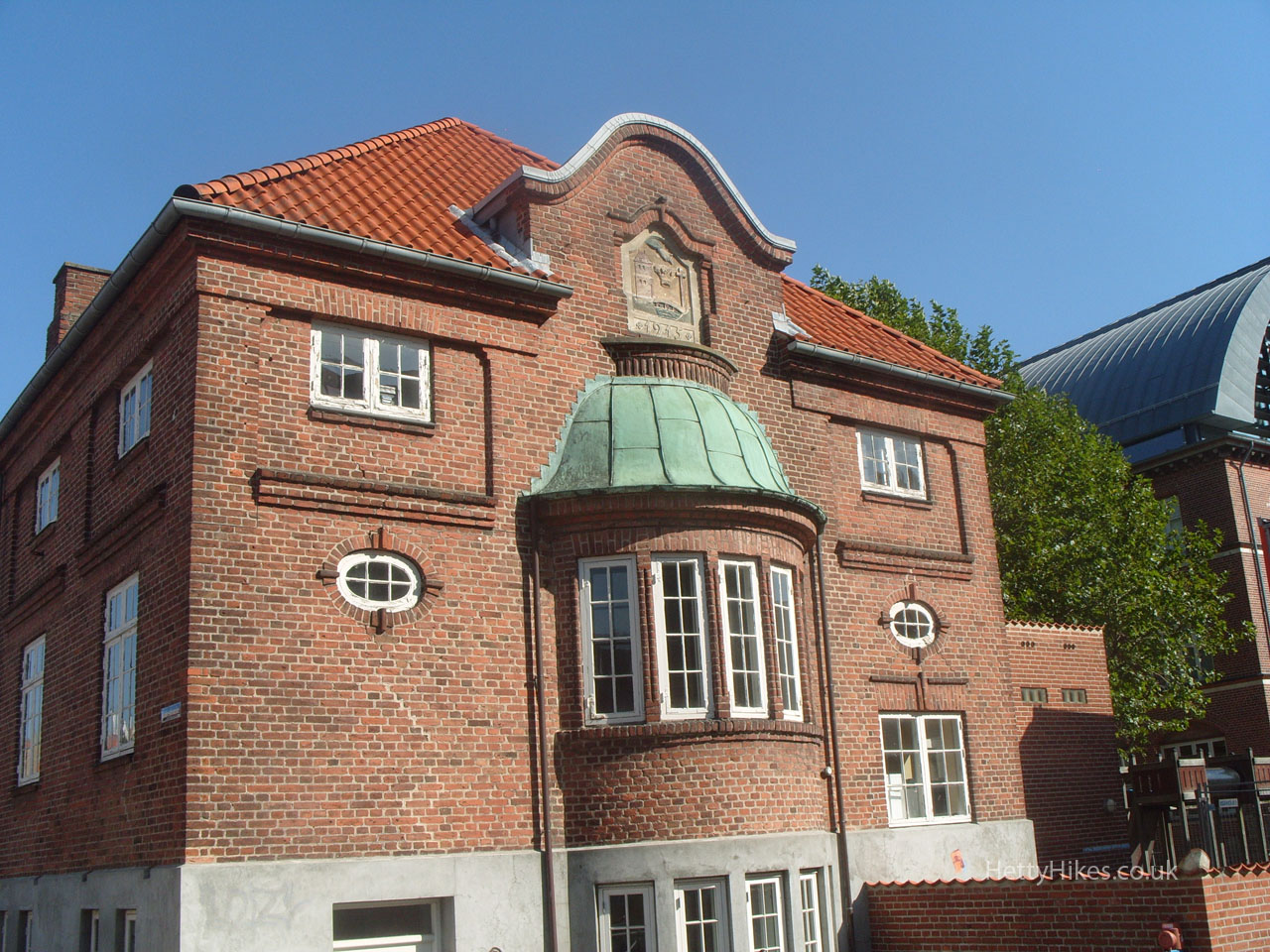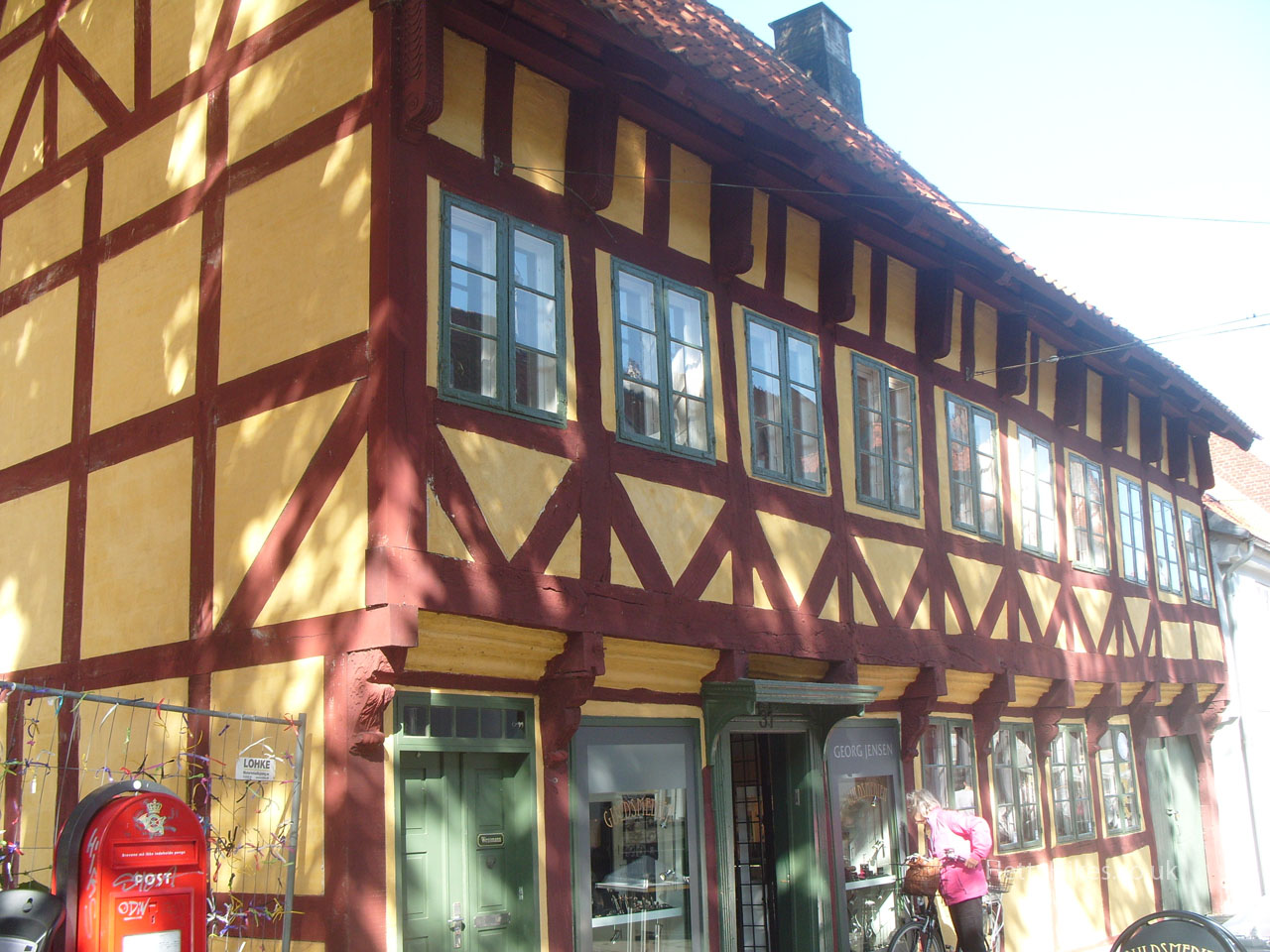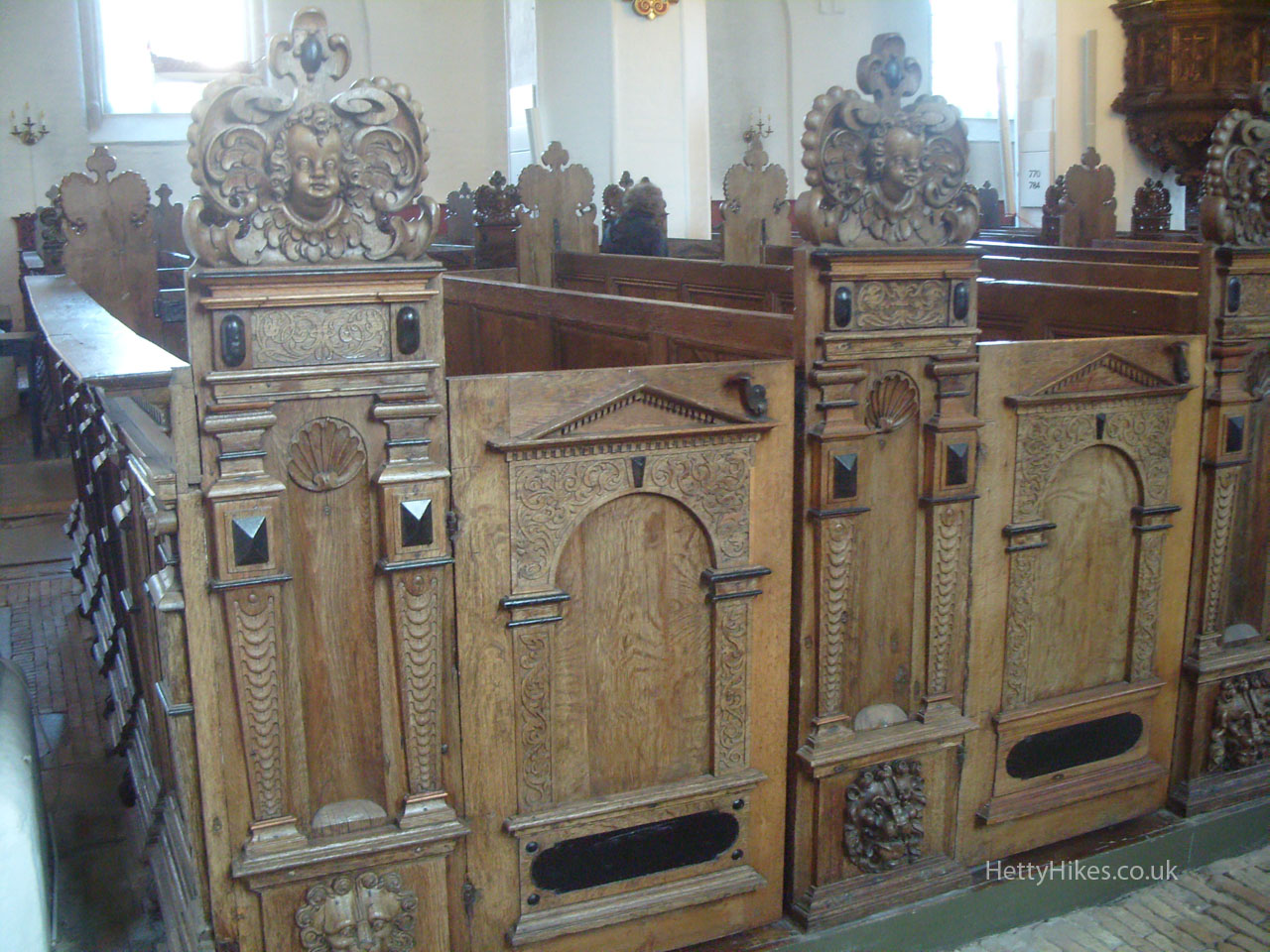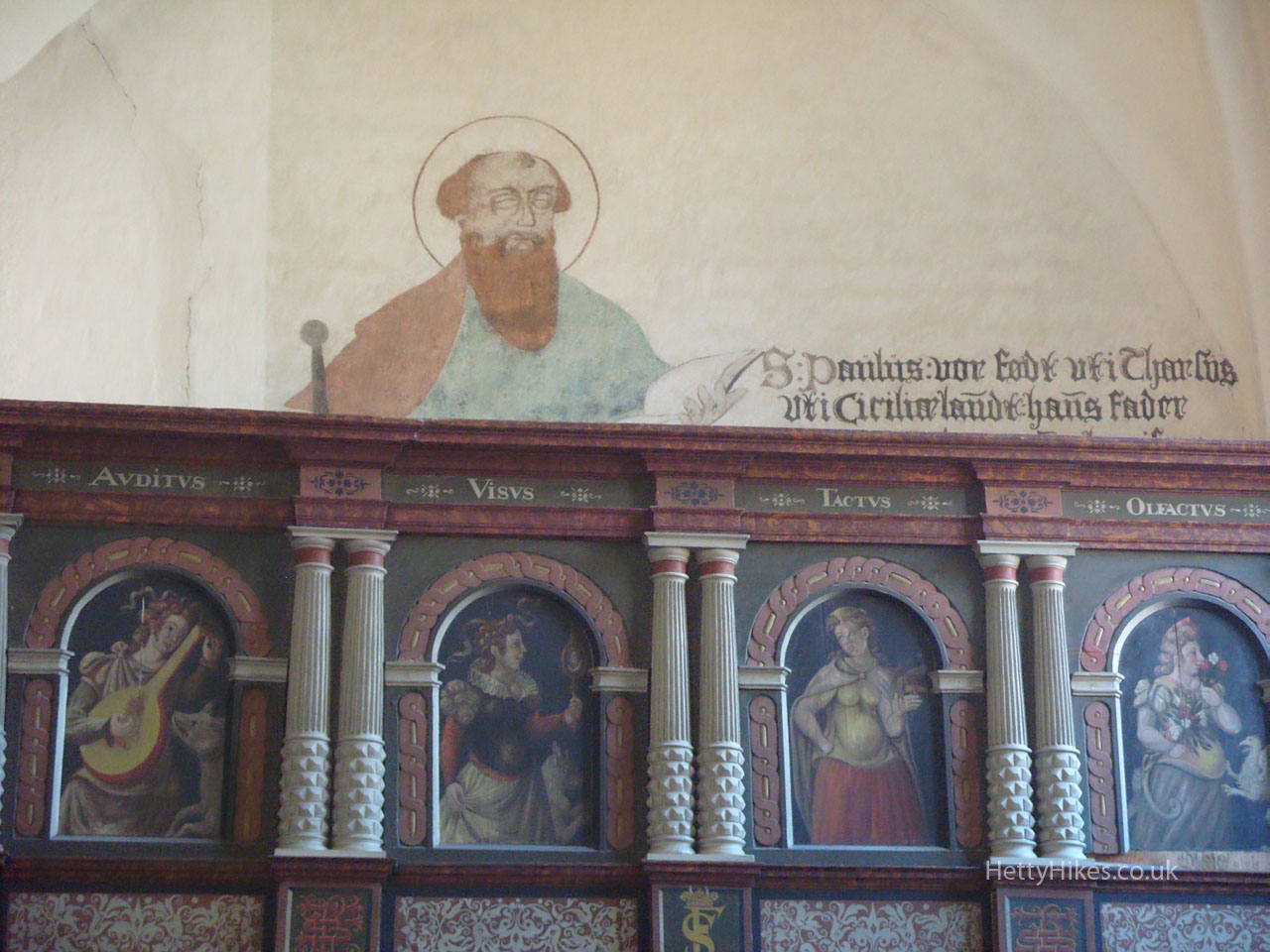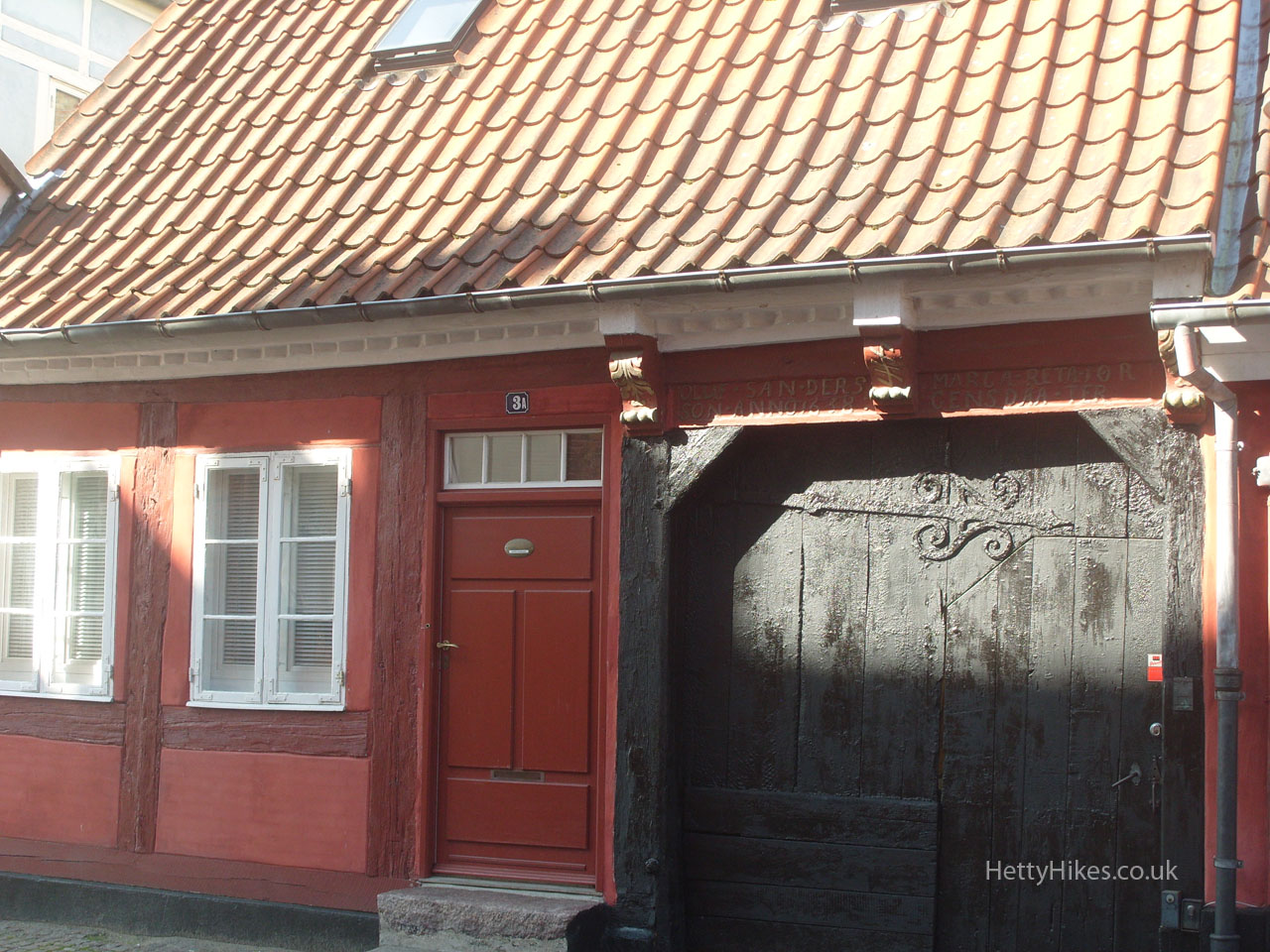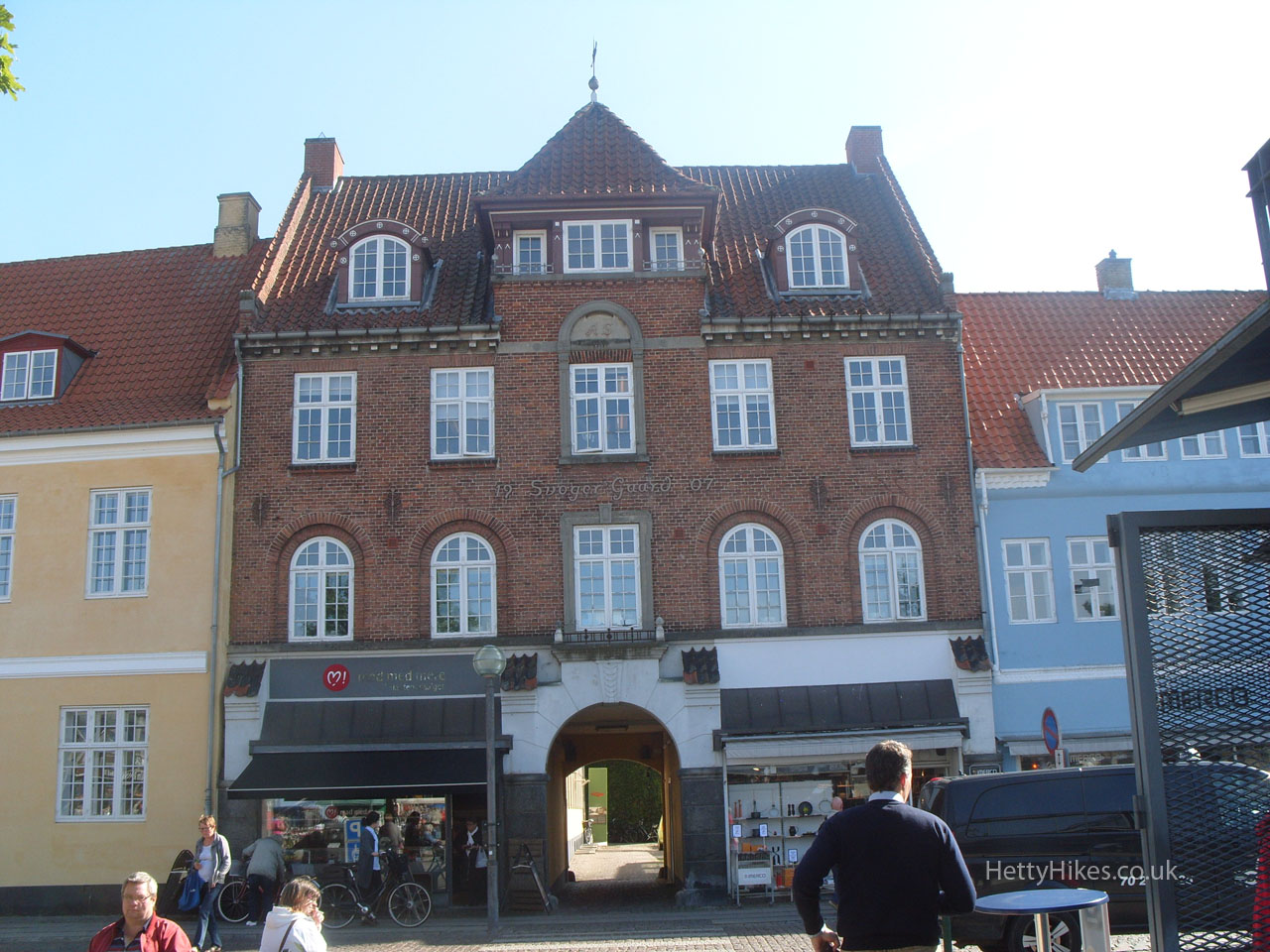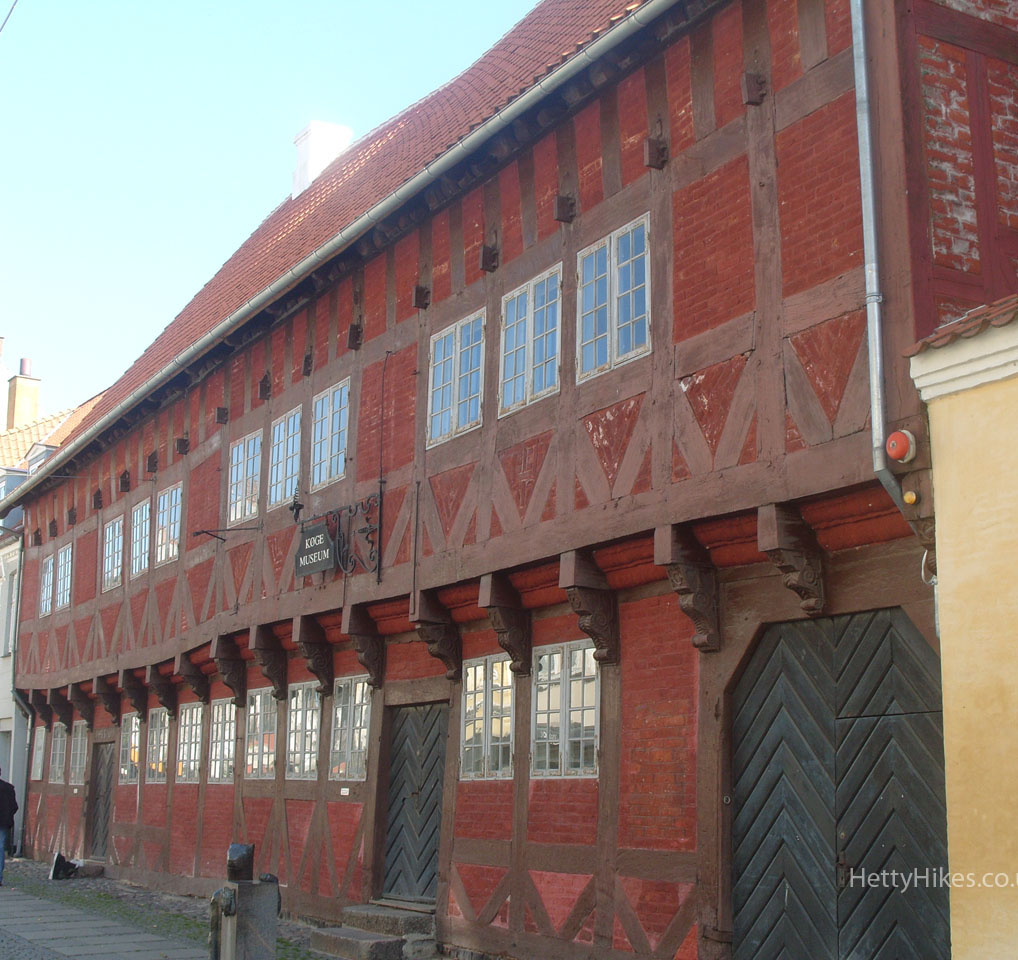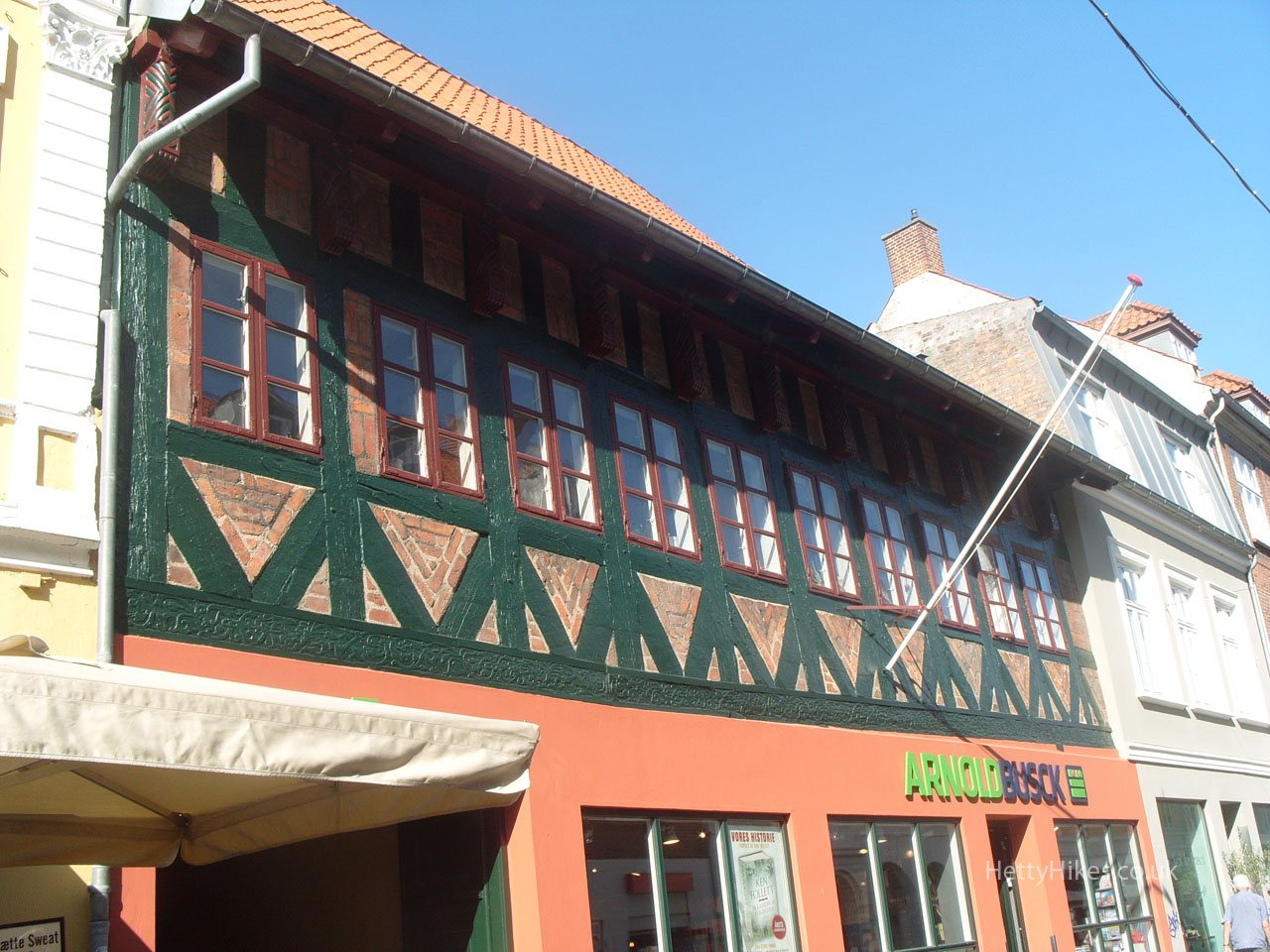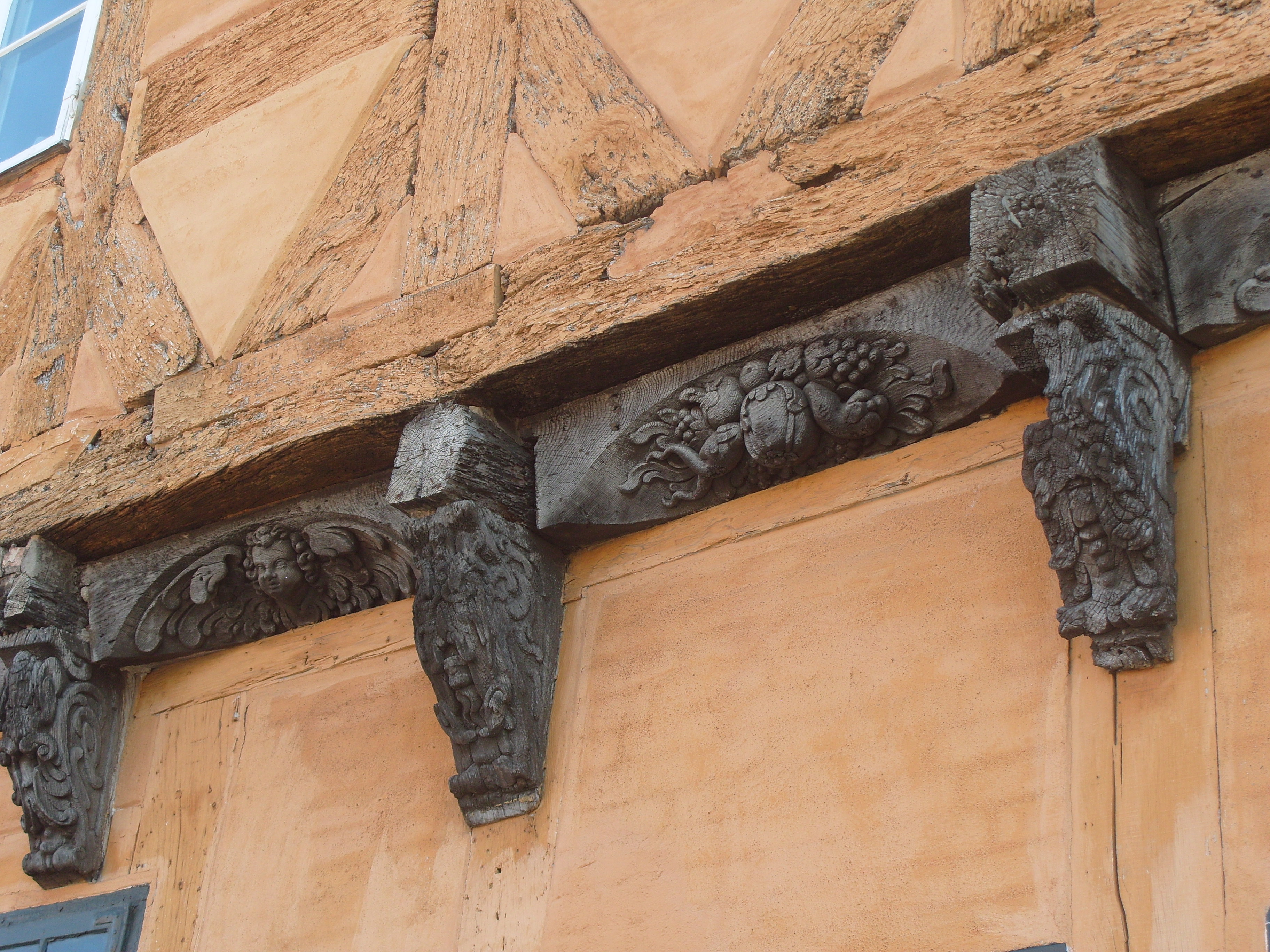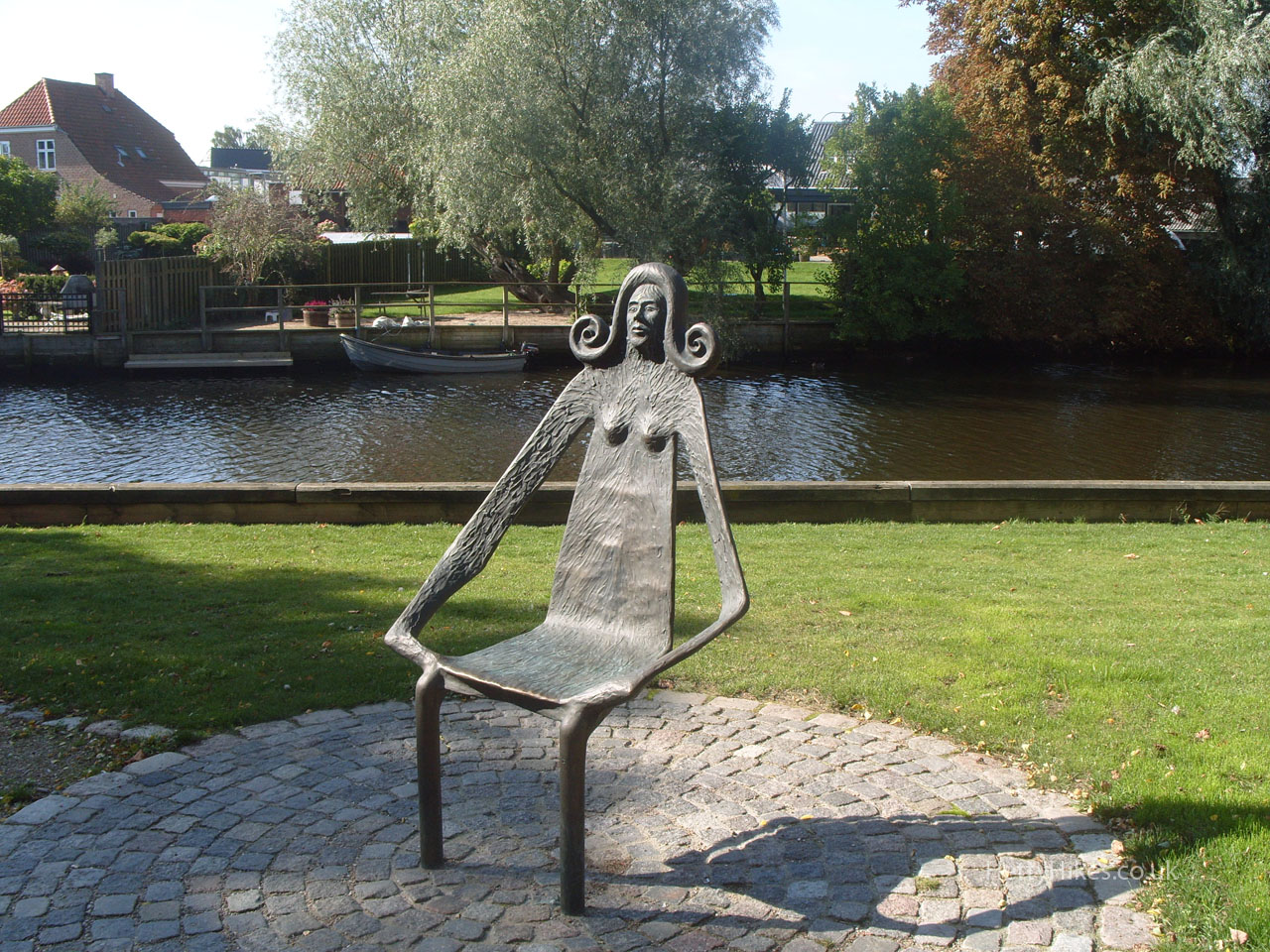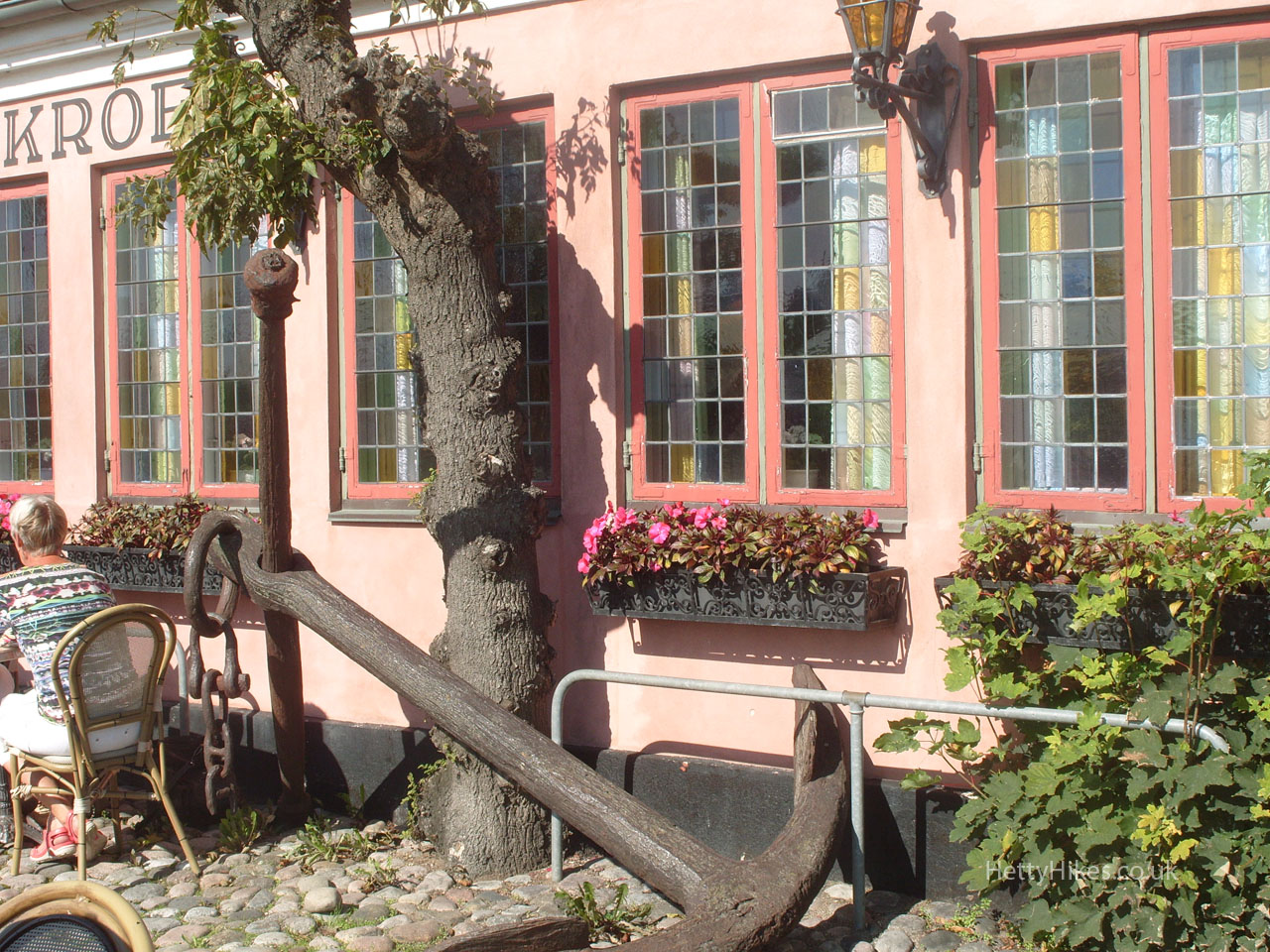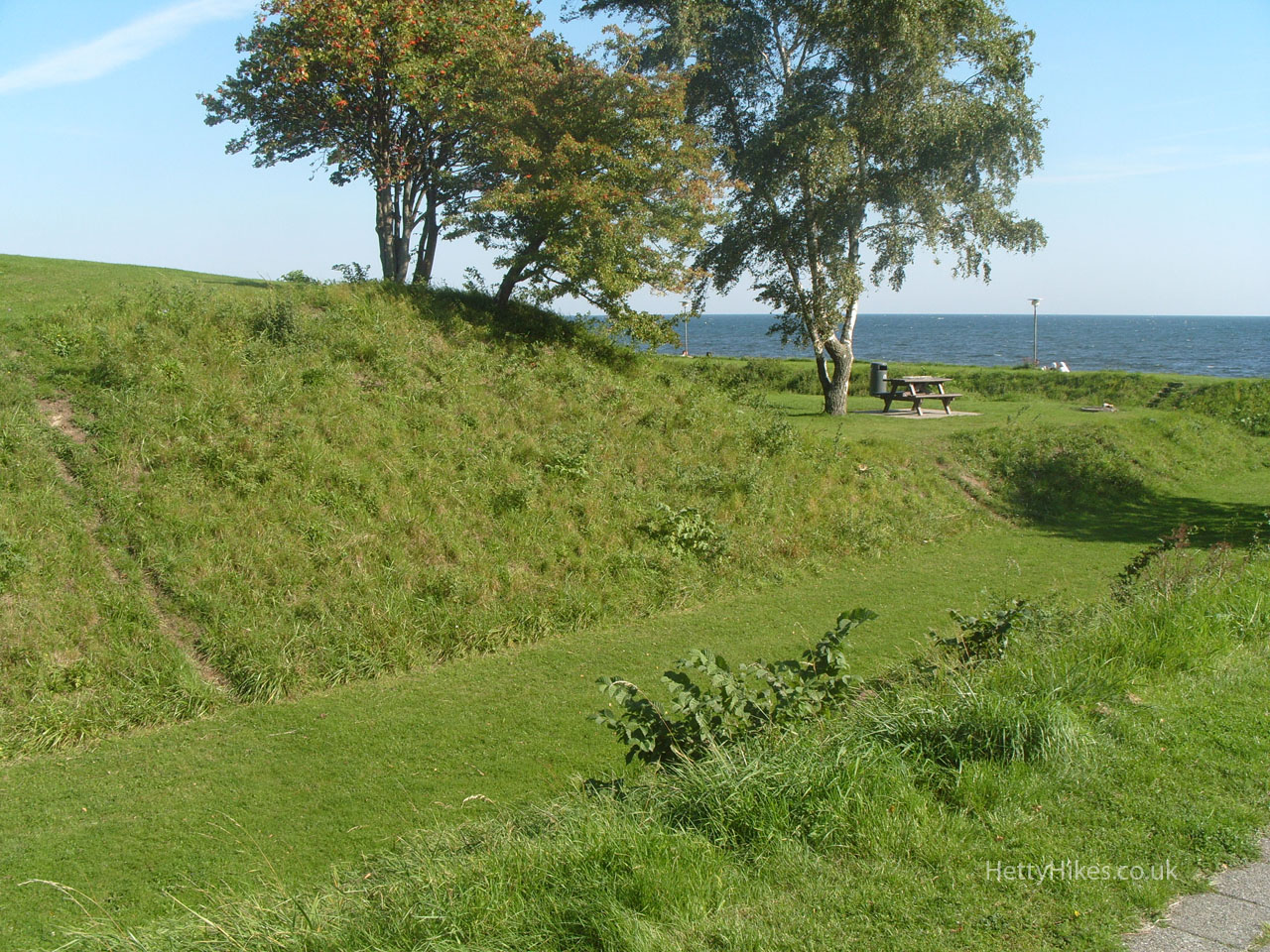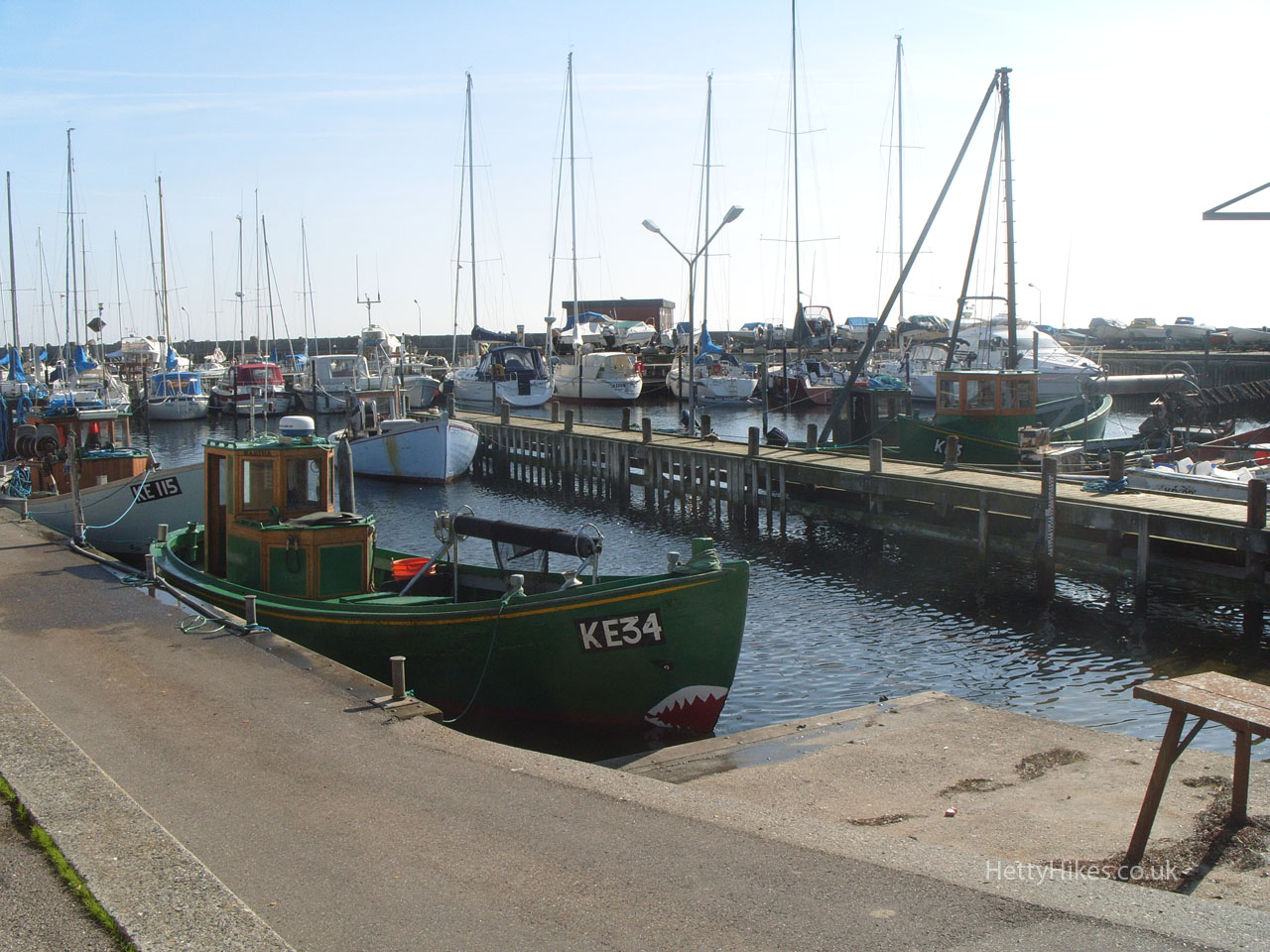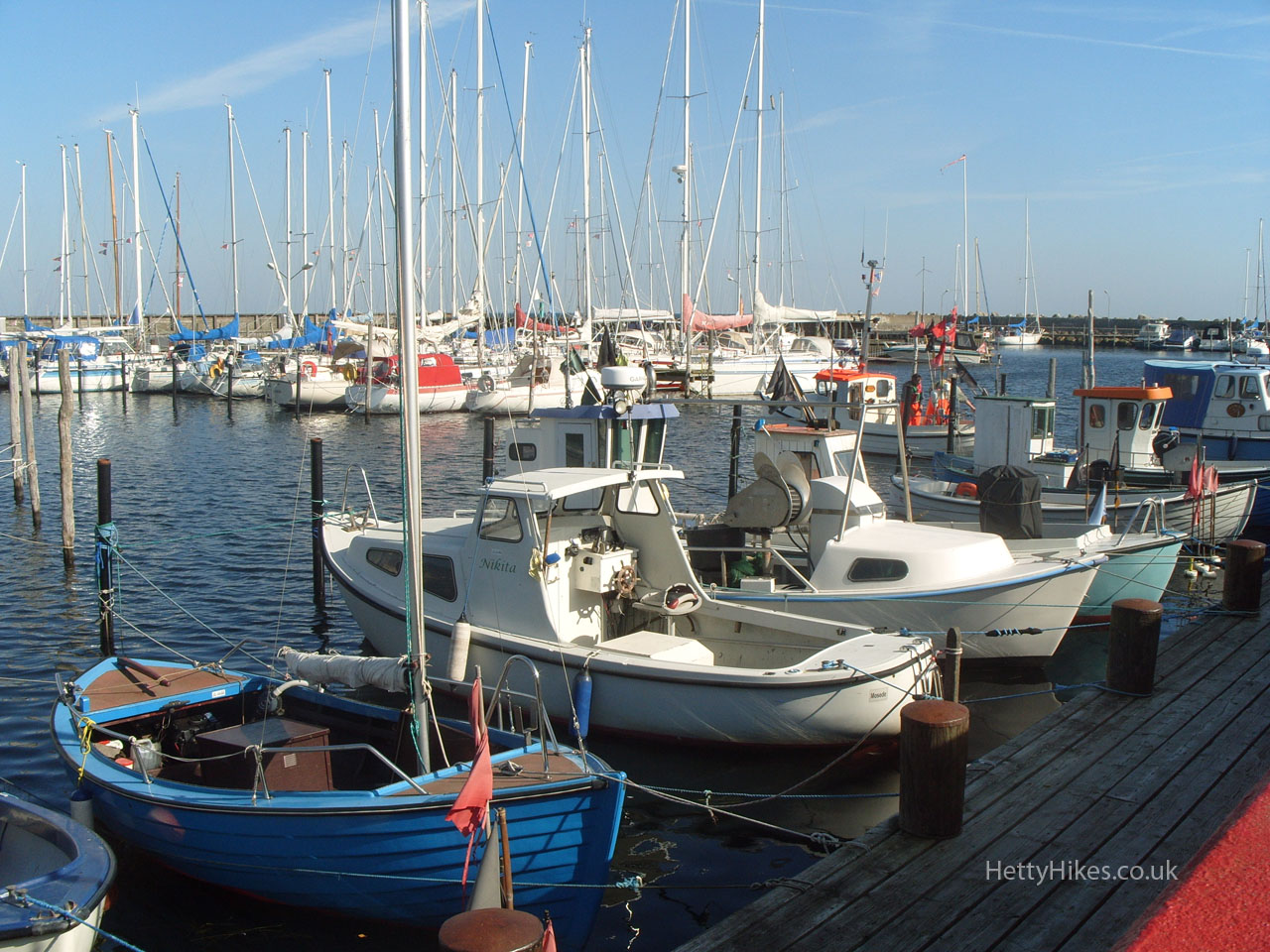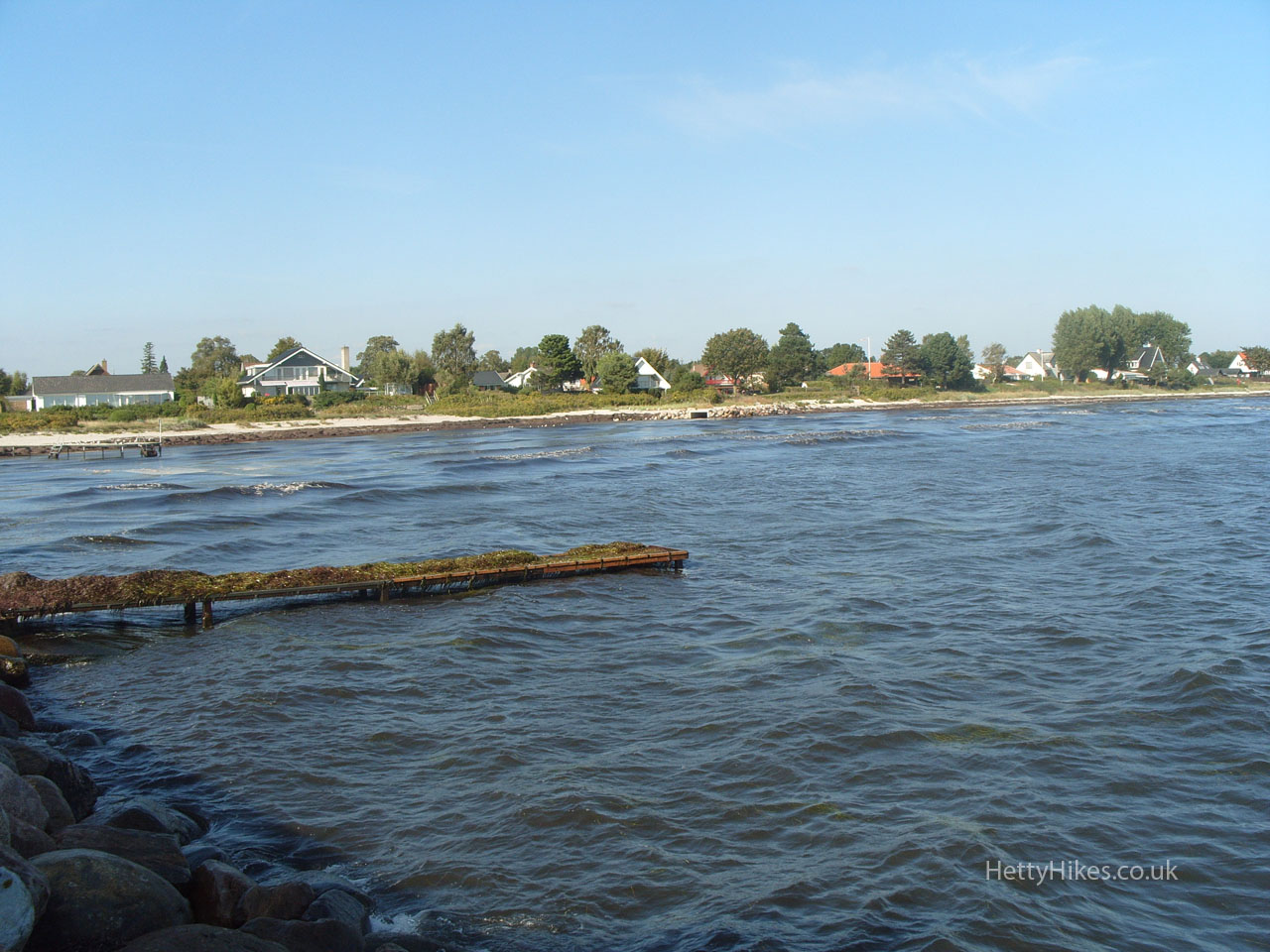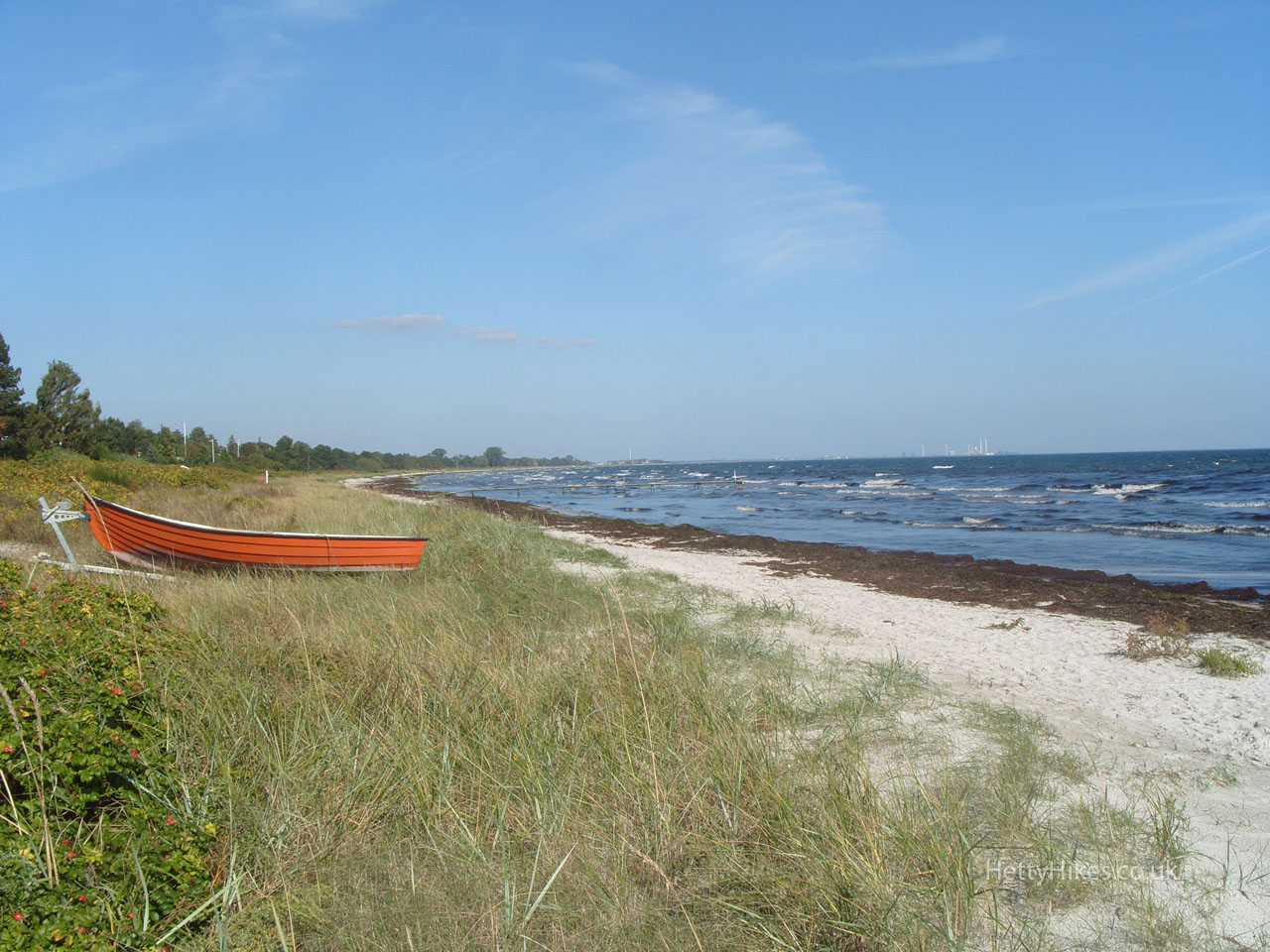Denmark
Wednesday 17th September 2014 All photos by Hetty
We took the S-train from Copenhagen H to Køge (40 mins), where the old town centre is near the railway station. The tourist office has a free city walk leaflet, which tells you about the buildings.
Click here for Denmark map. You can zoom in
For a map of our walk click here. Walk distance 3.5 miles, time 3 hours
Køge was founded by 1288 at the first place south of Copenhagen that had a natural harbour. It has a large number of well preserved half timbered houses in its centre.
1869 Statue of King Frederick VII (1808-1863) in Køge Torv (the largest town square away from Copenhagen). We were there on market day (the market dates from 13th century)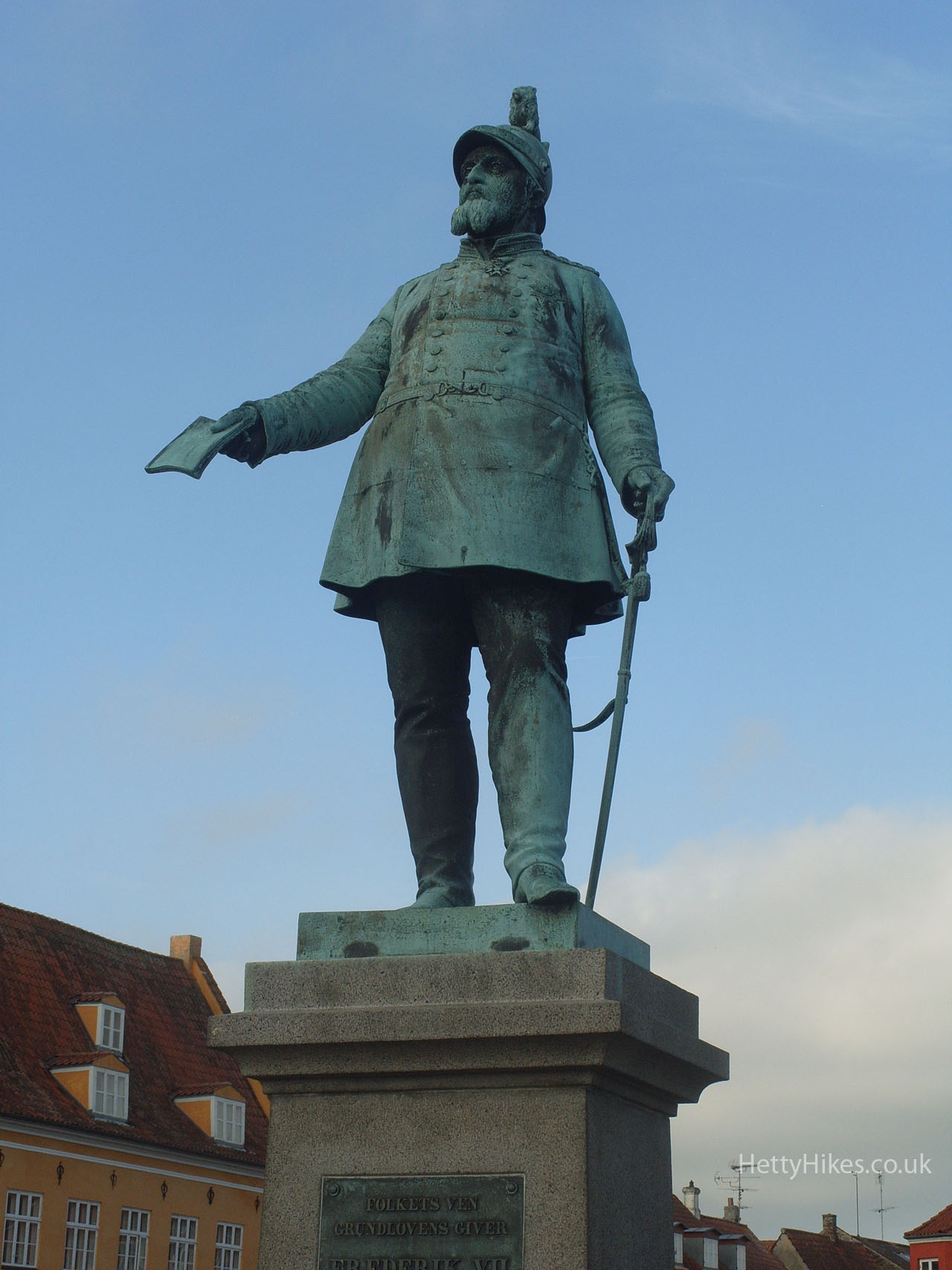 1644 Richters Gard
1644 Richters Gard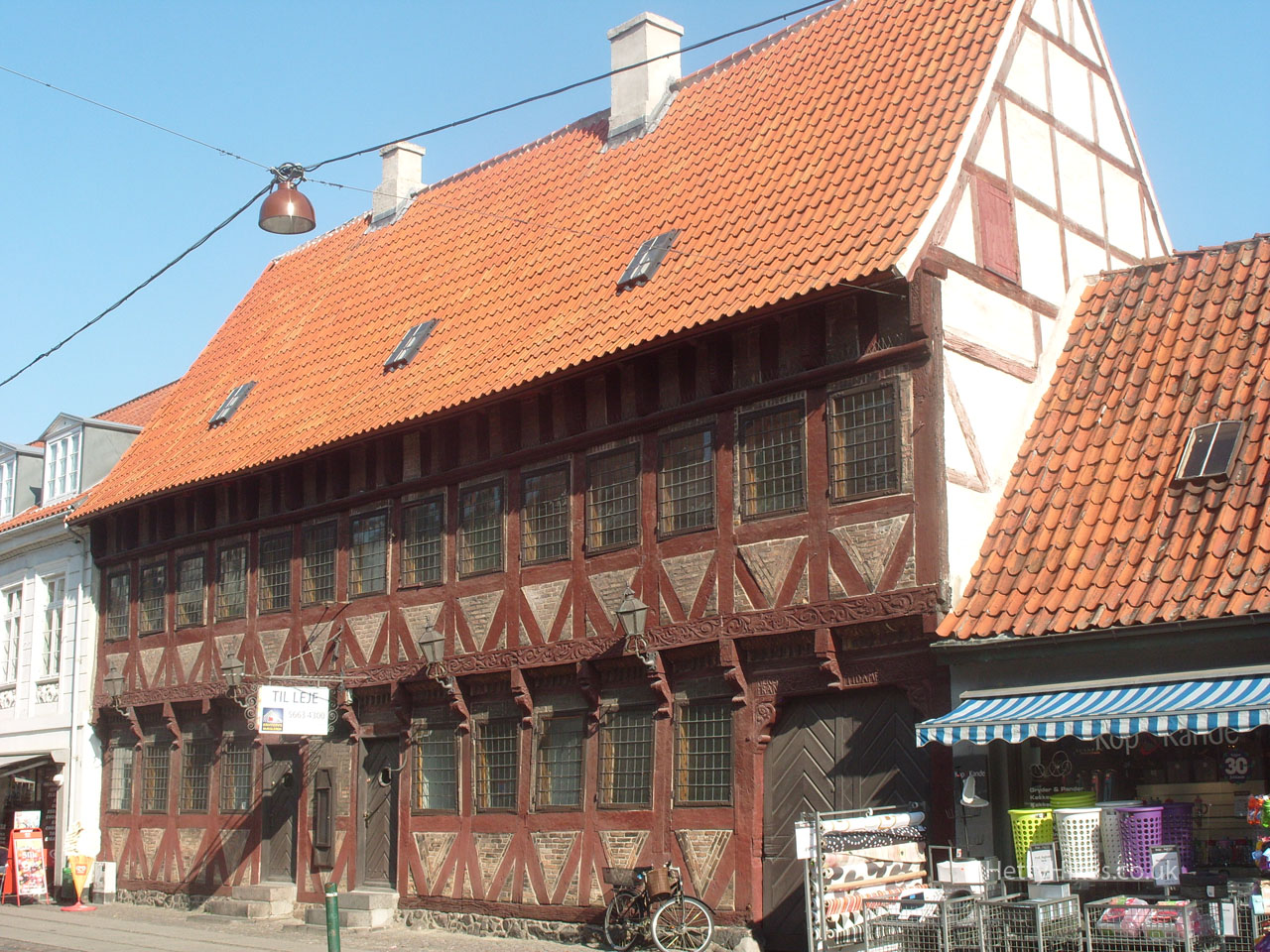
A tannery was here 1770 to early 20th century. Built 1580 to 1600, it survived the big fire in 1633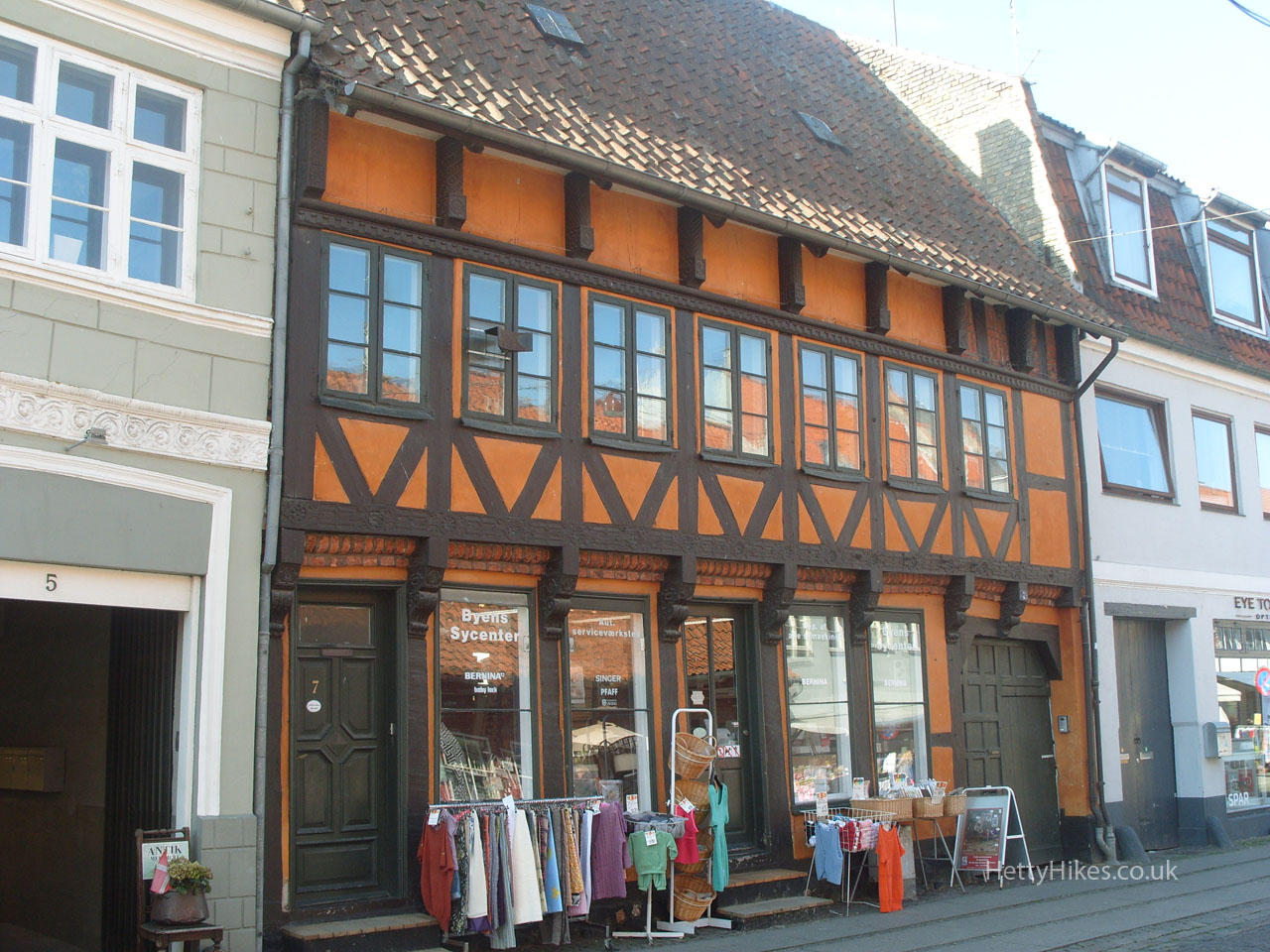
Built in 1631 – the writing is in German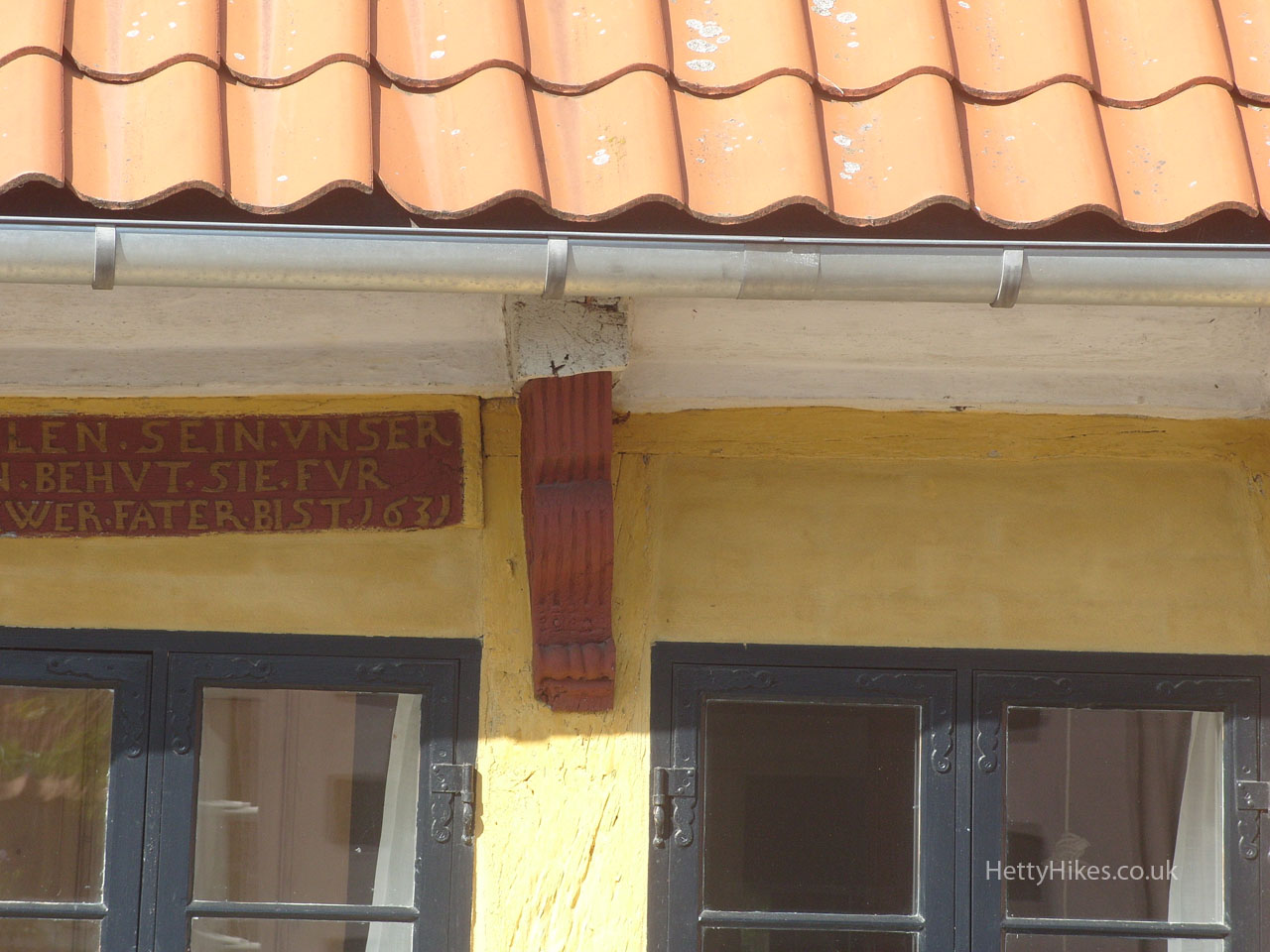
Sankt Nicolai Church, from about 1400. The tower functioned as a fortification and lighthouse – a small ledge held a lantern.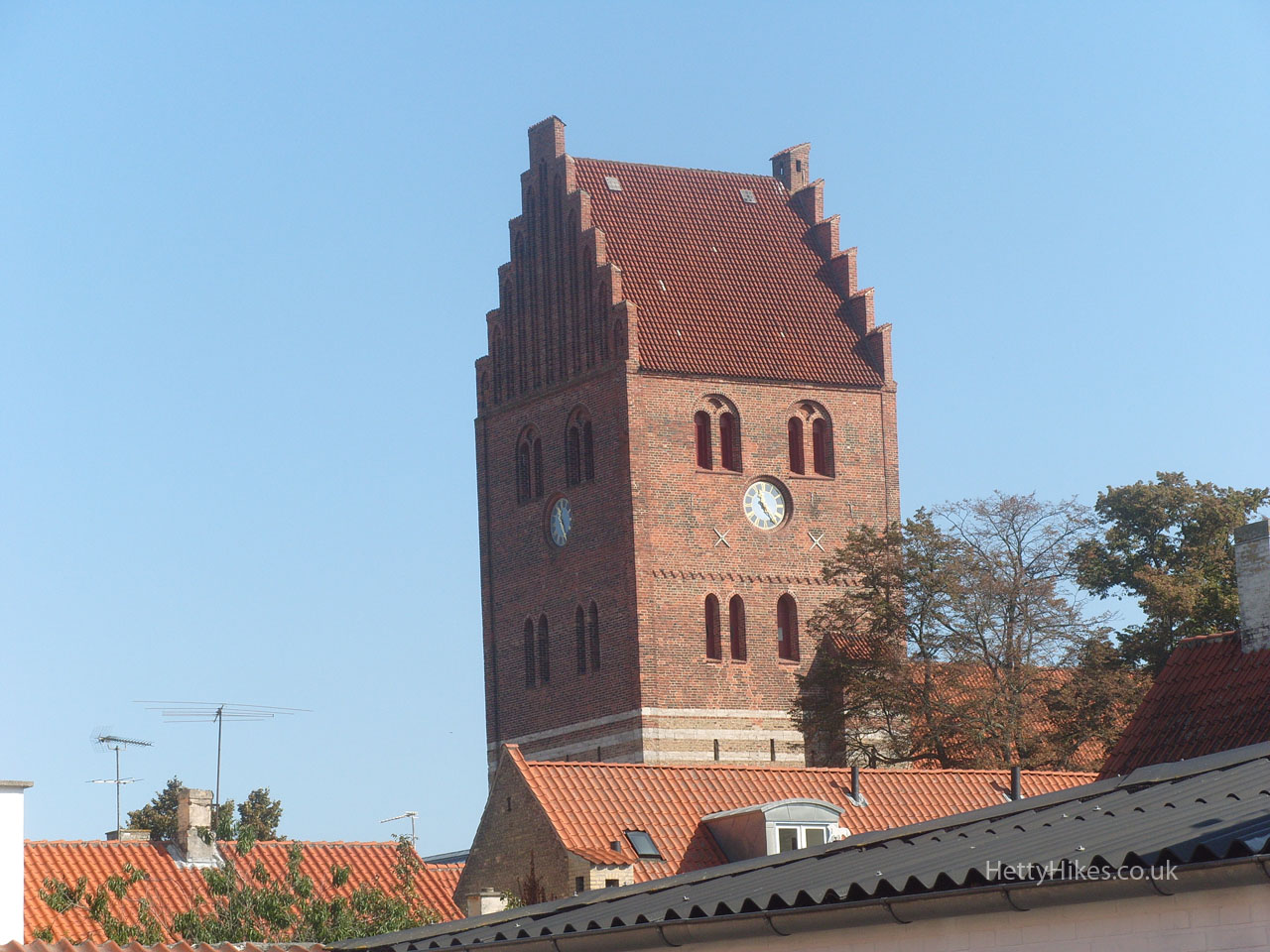
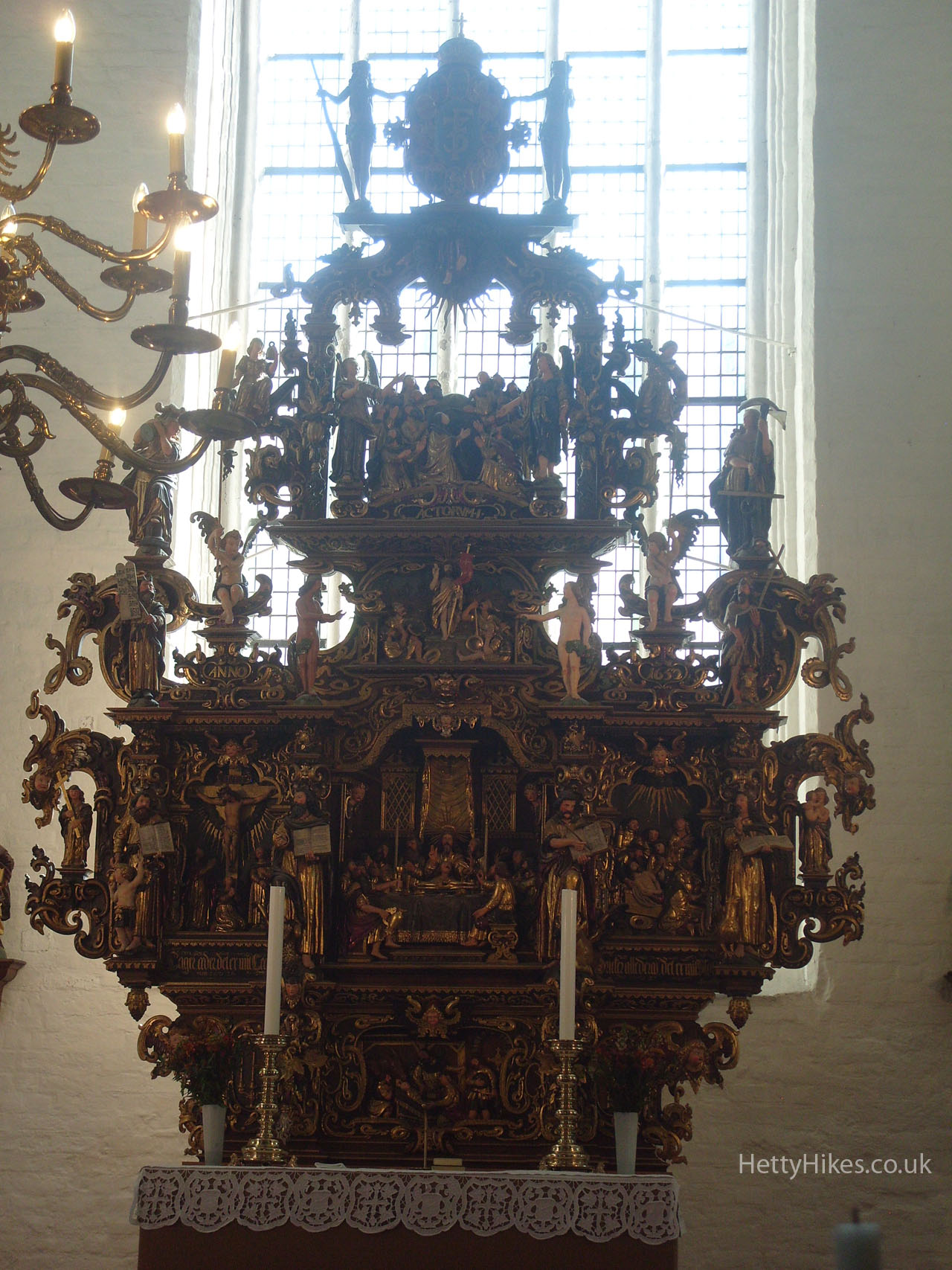
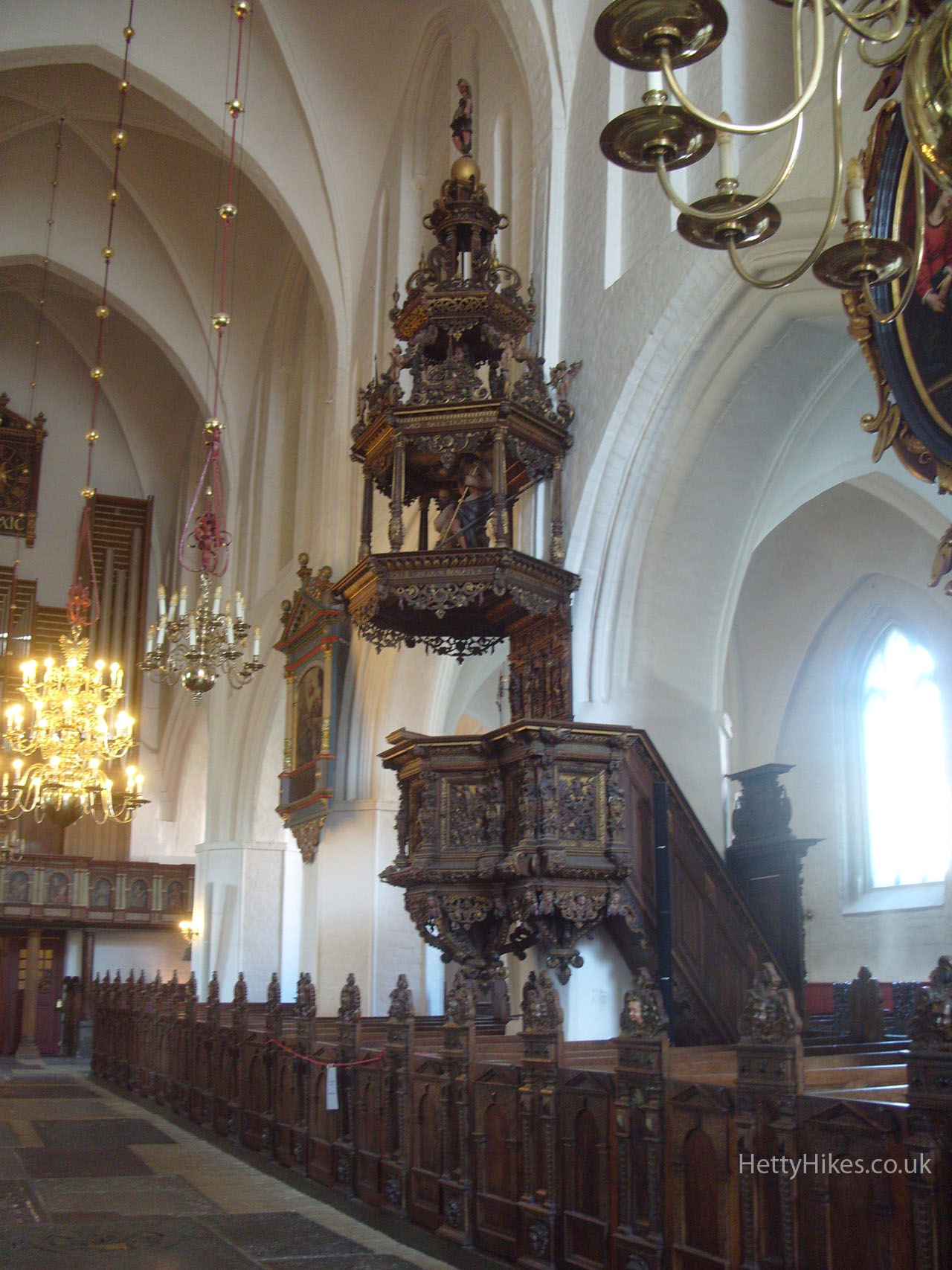
Model of how the church developed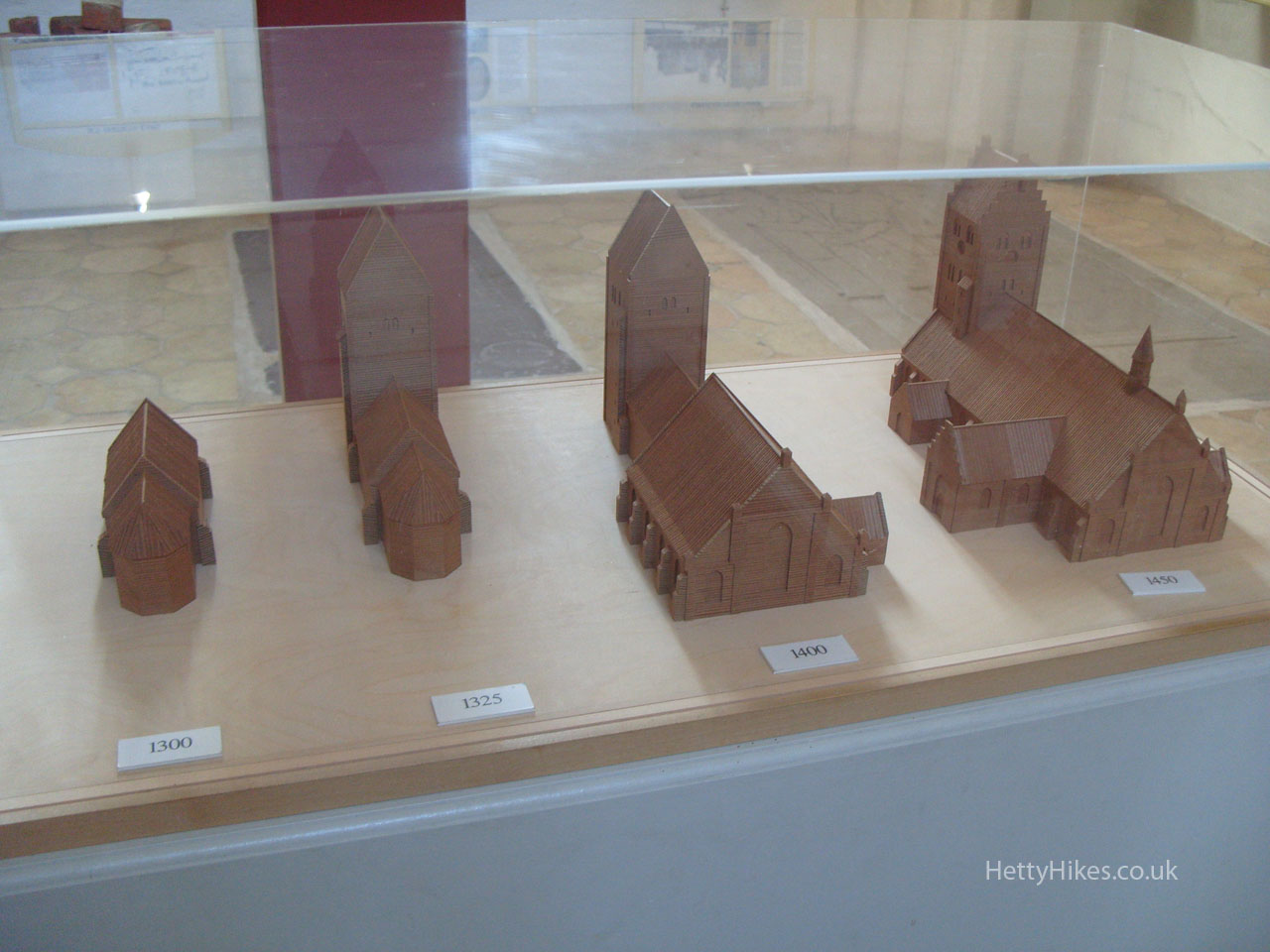
Unusual to see boats hanging in churches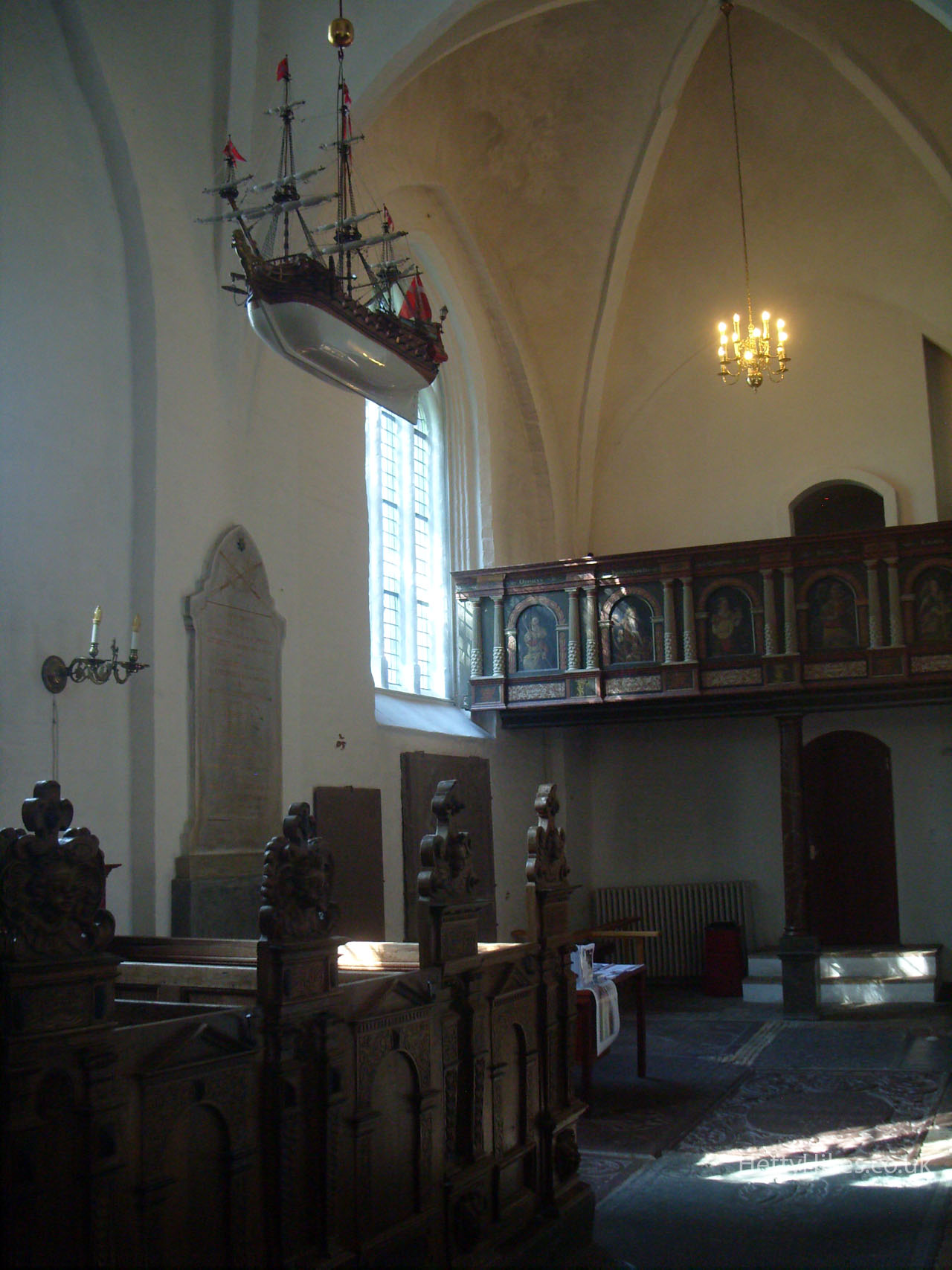
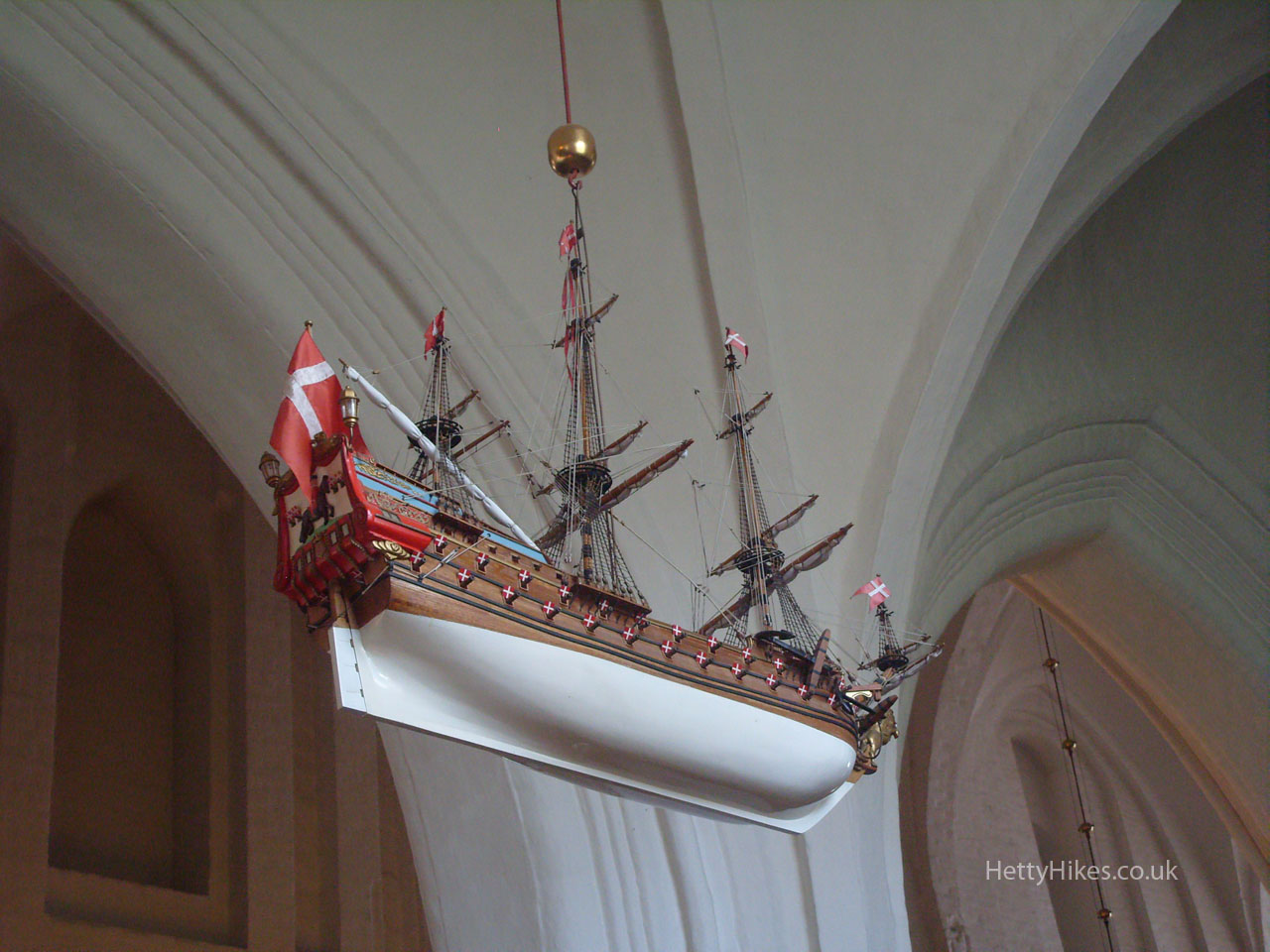
Denmark’s oldest half timbered house from 1527, now a children’s library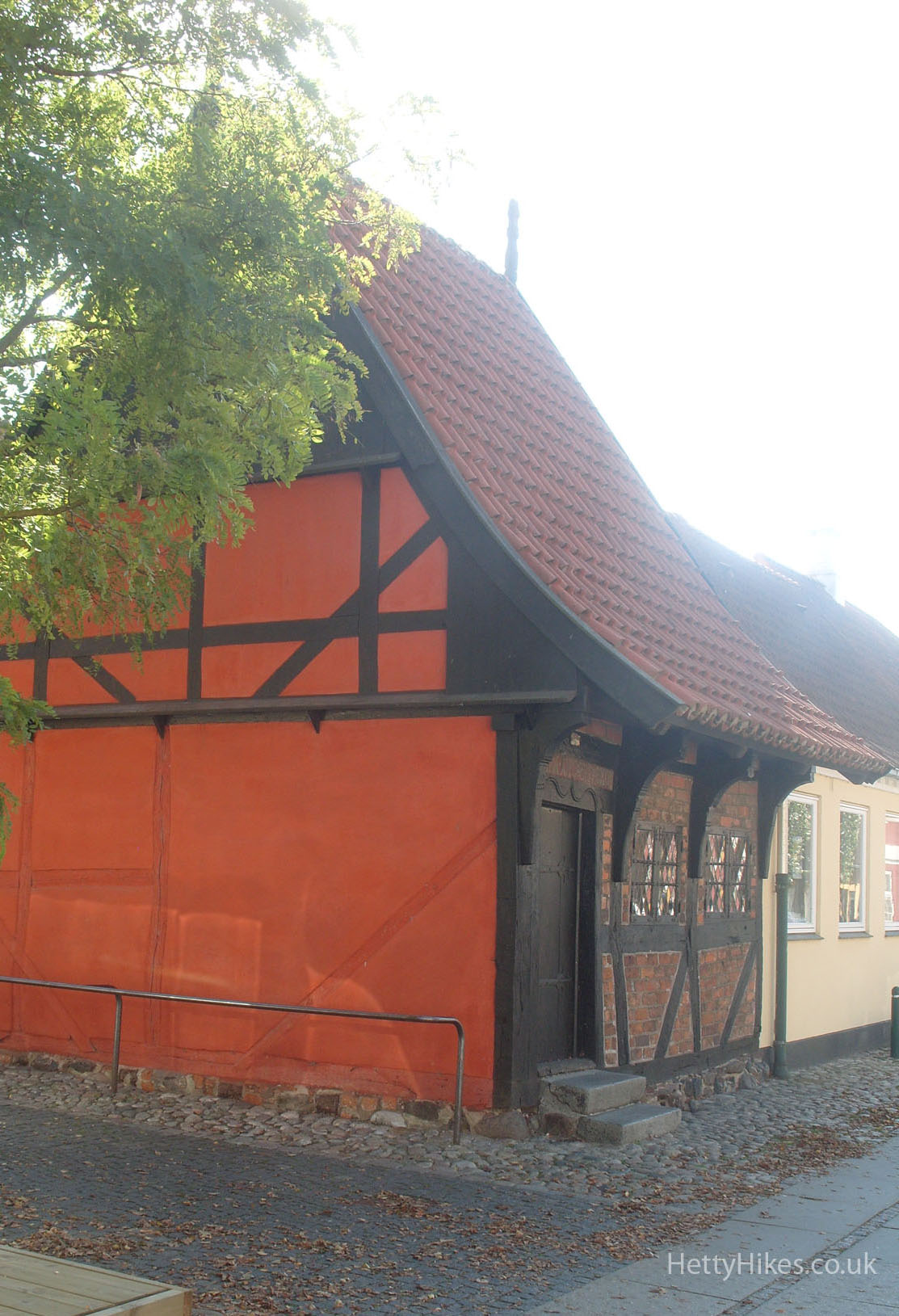
Smedegarden -the smithy, built beginning of 16th century, with original porch stones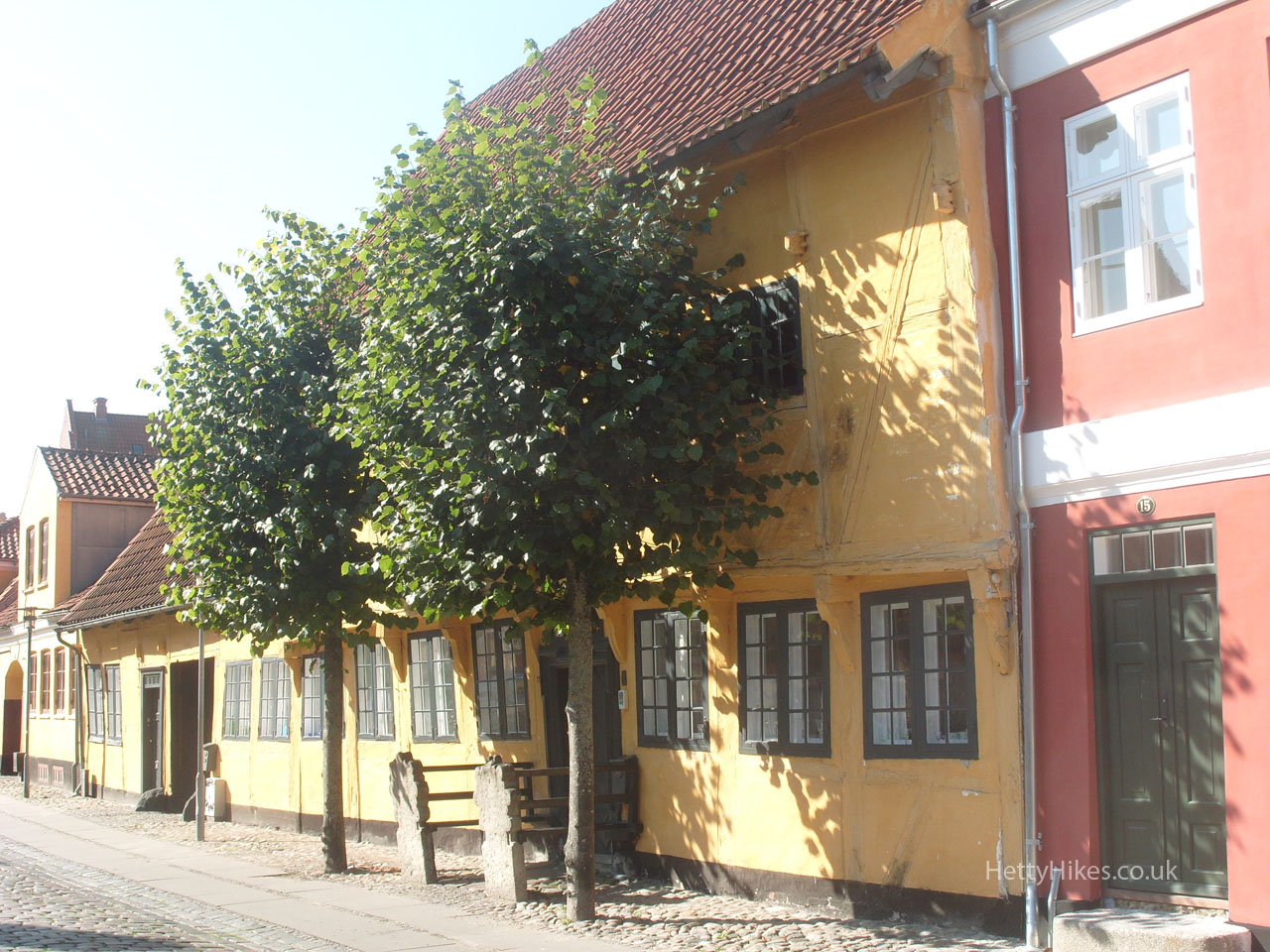
Since 1856 this has been a kindergarten, but it was built early 1600s. The pink house next door has been altered, but dates back to late 16th century.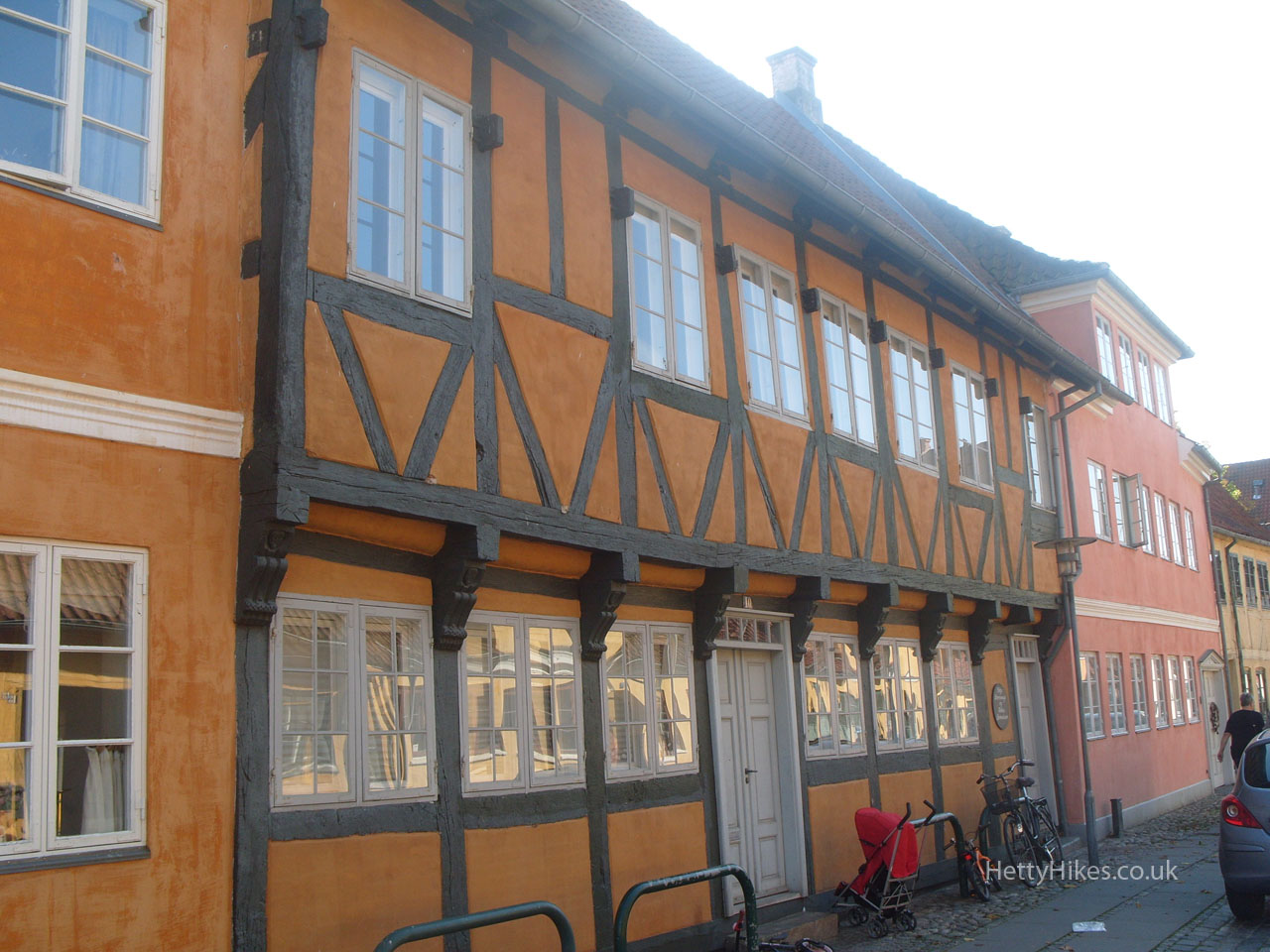
Denmark’s oldest Town Hall (1552)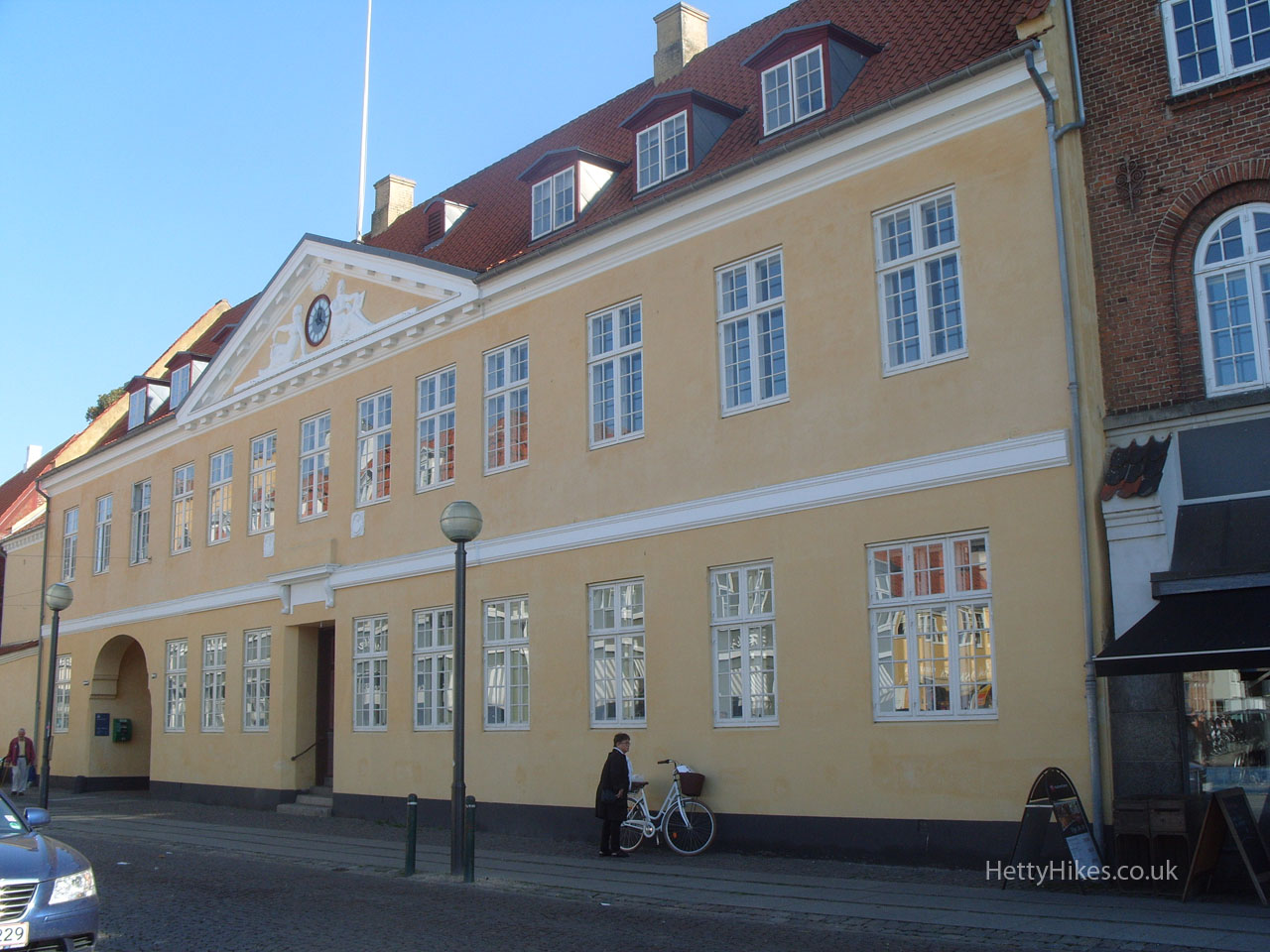
Apotek, built in the 1660s as a pharmacy, with façade from 1865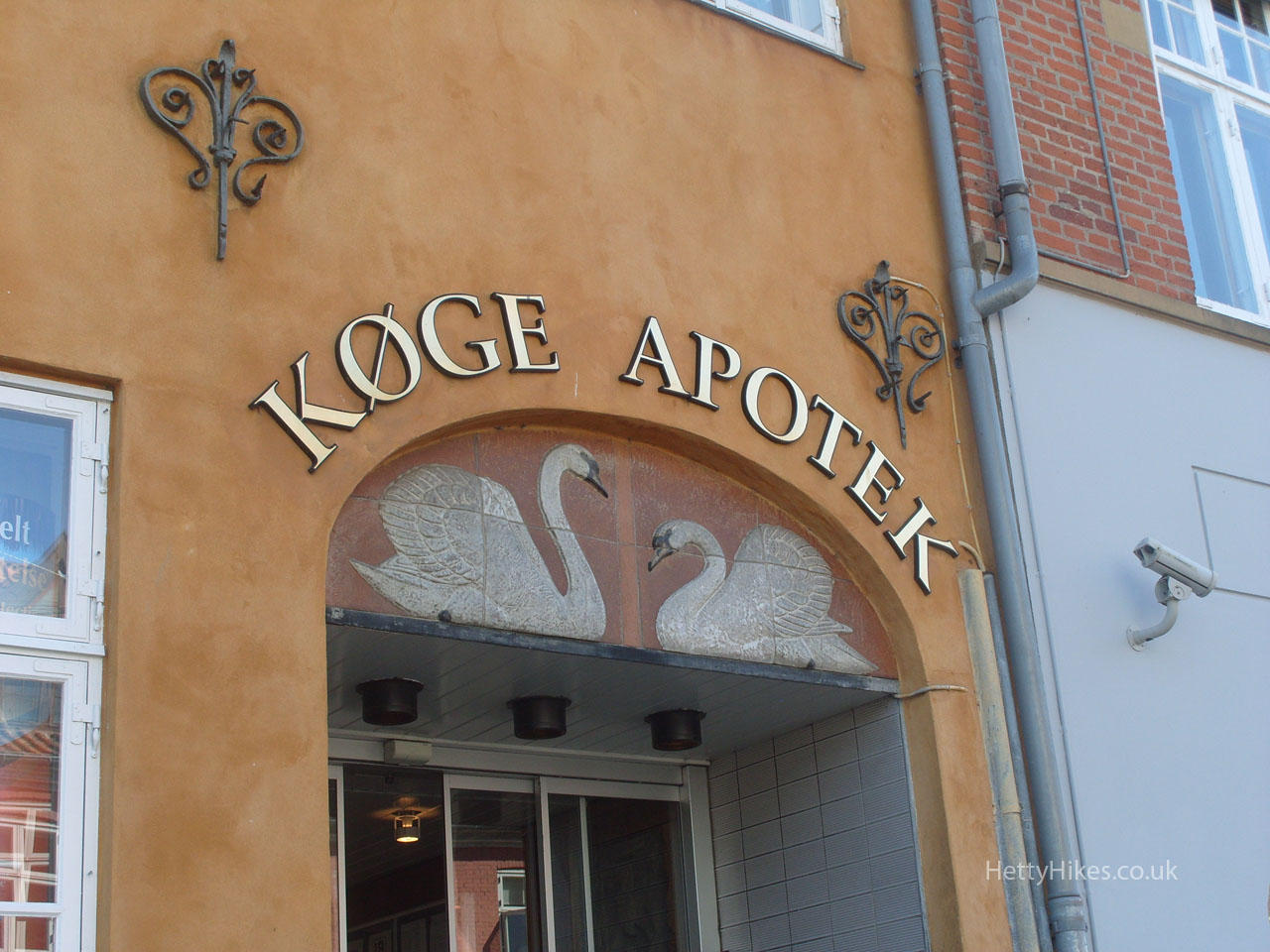
The longest half timbered house in town, built 1636 for the mayor after the great fire of 1633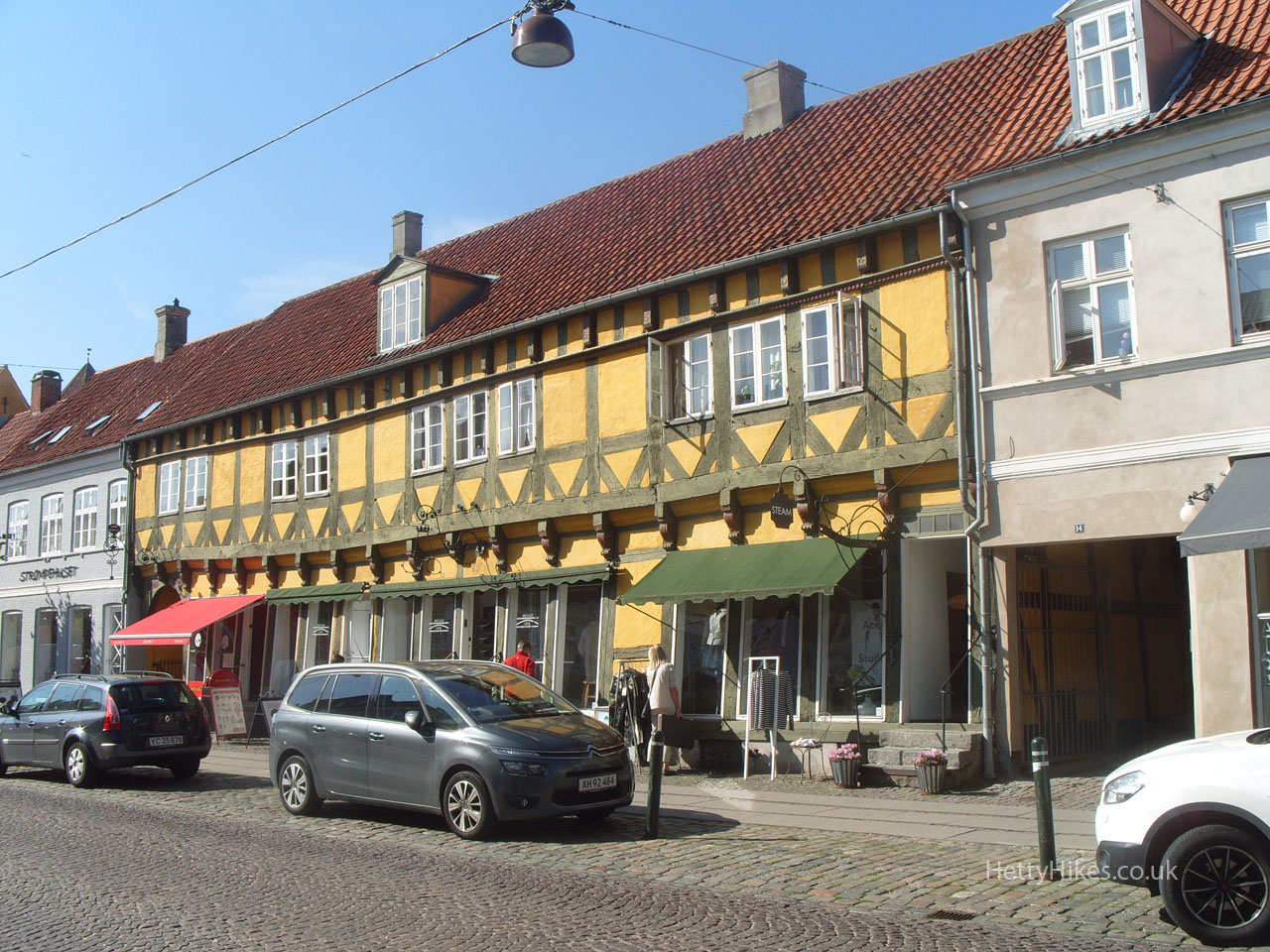
Oluf Jensens Gard with storehouses from 1850s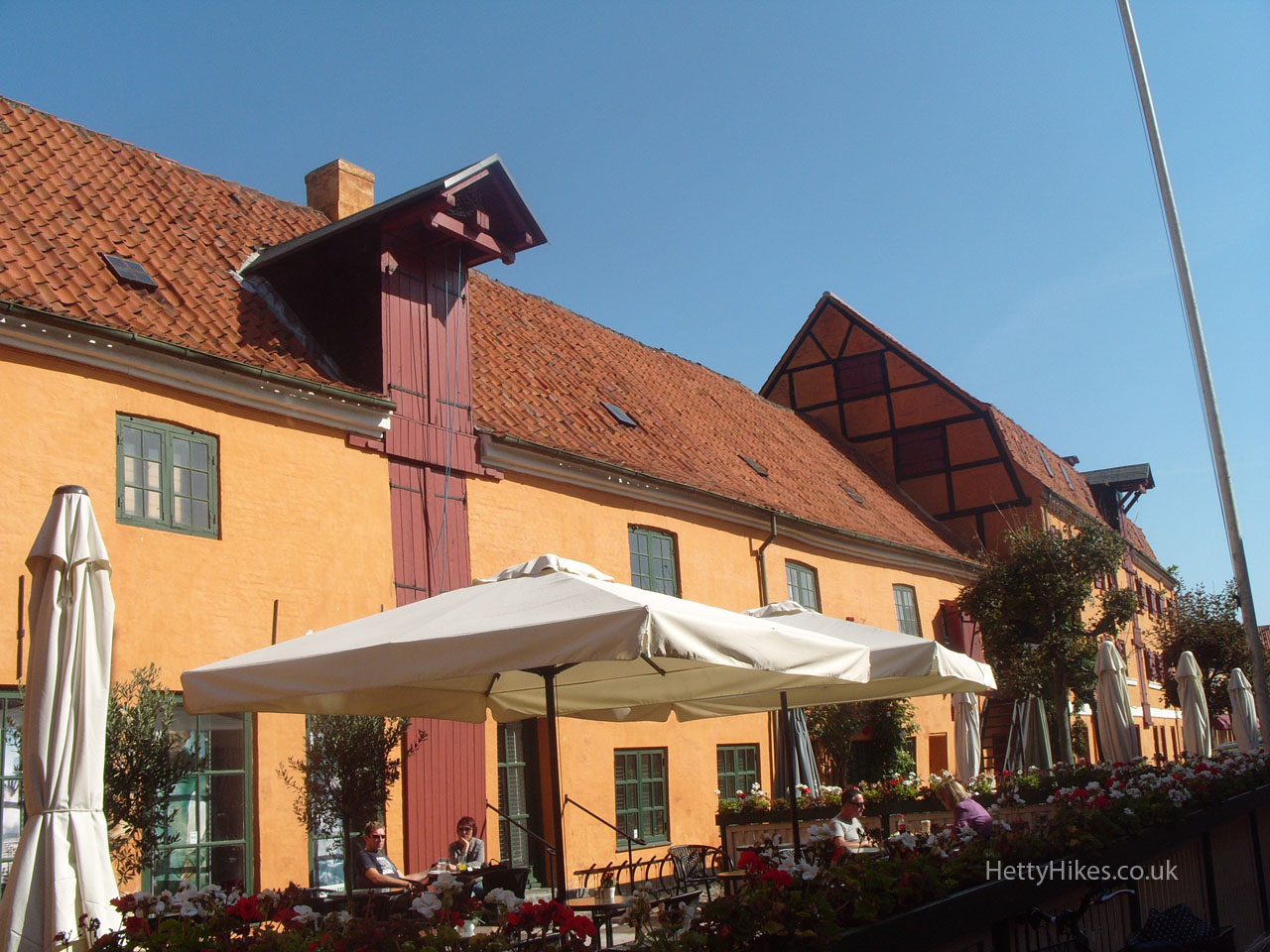
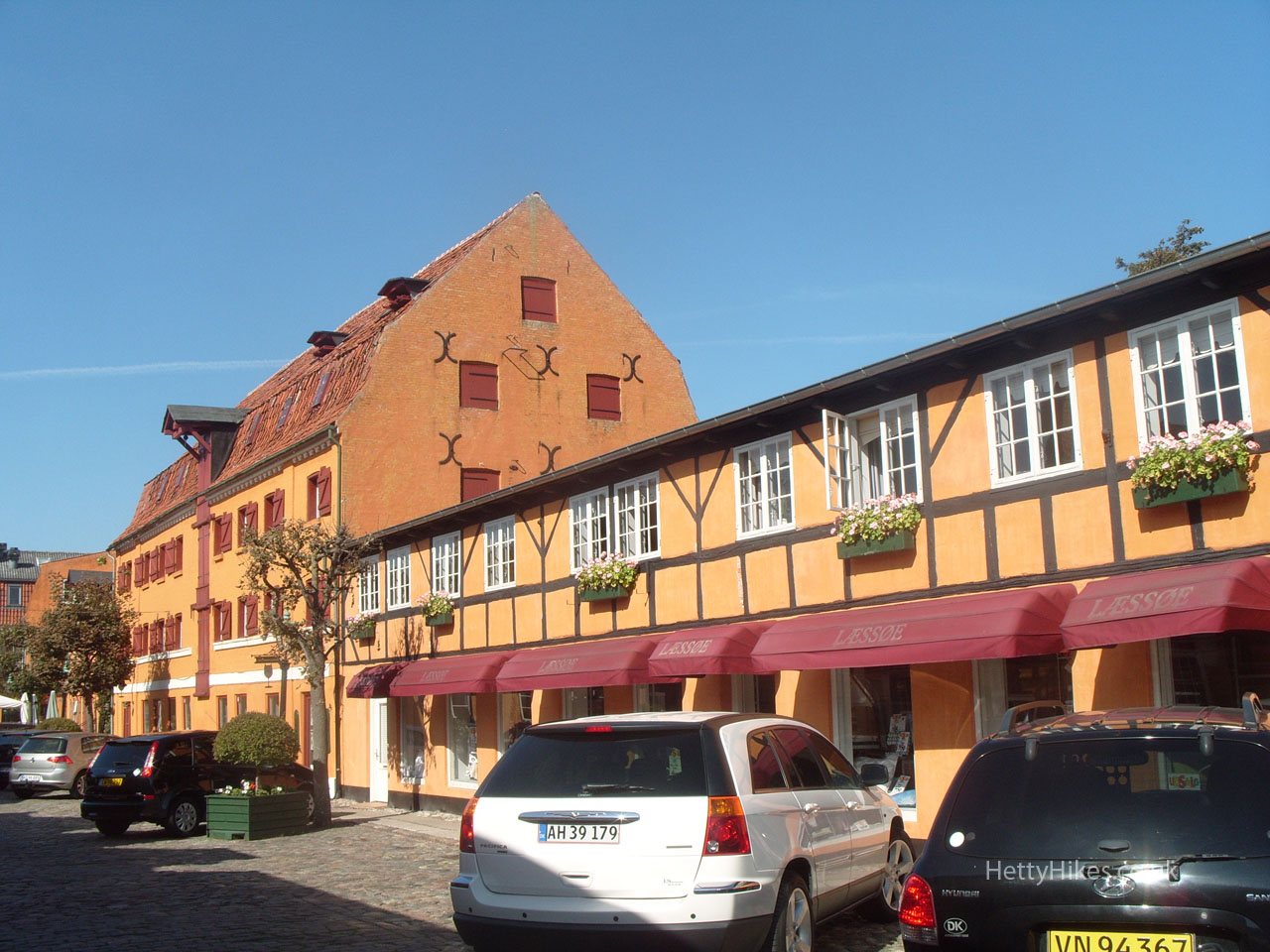
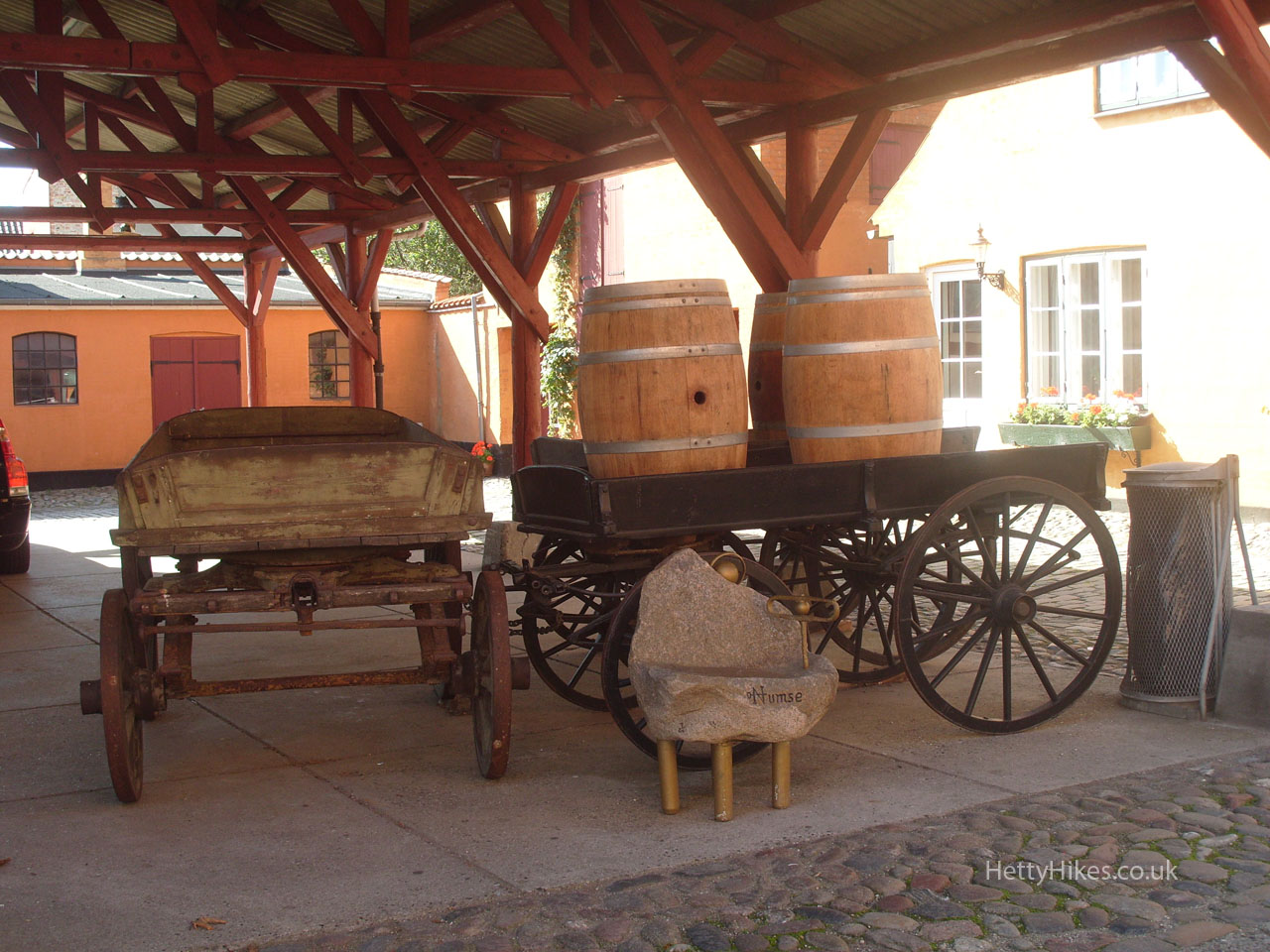
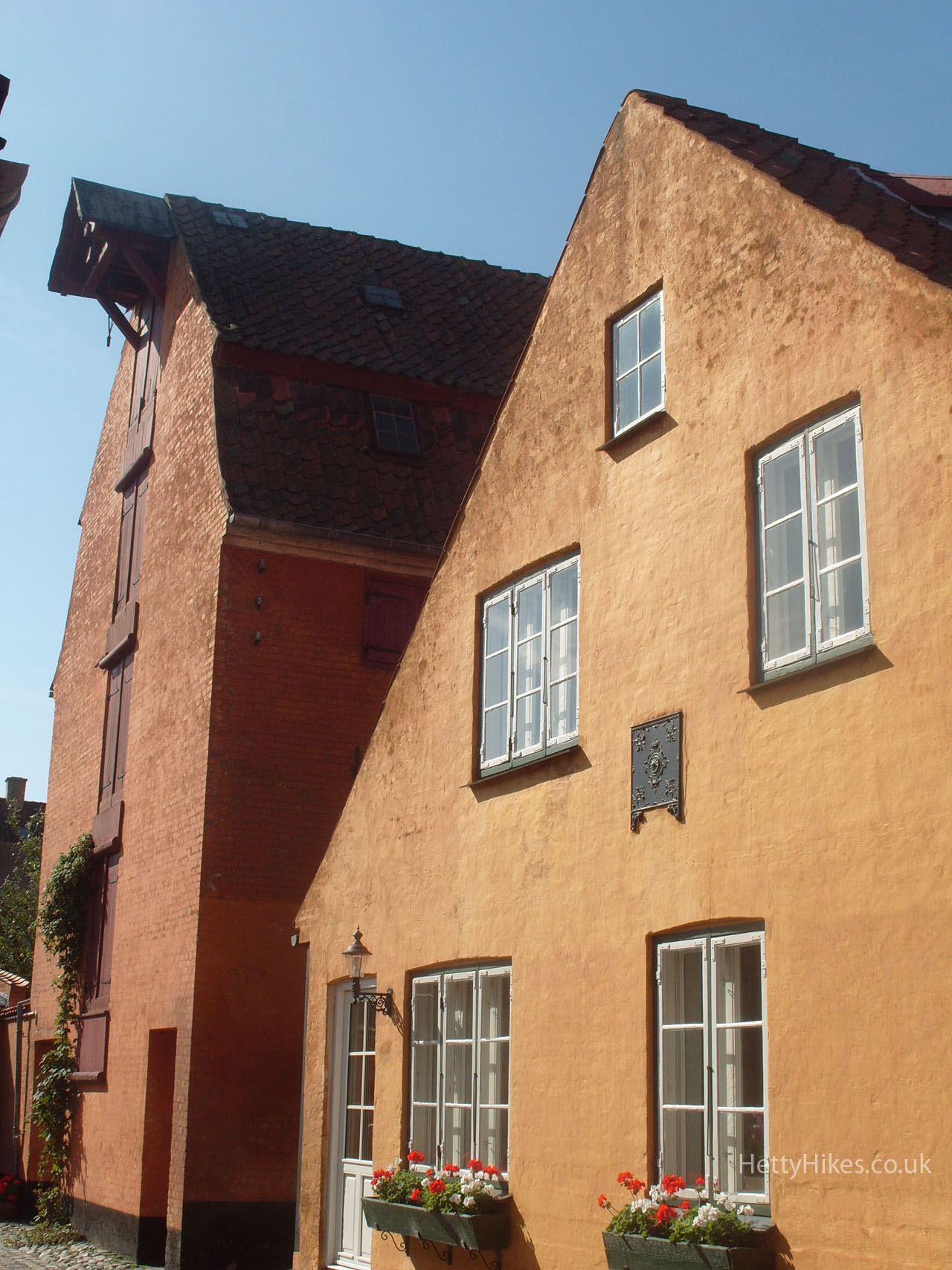
At the harbour – Monument for the Battle in KøgeBay – Danish victory over Sweden 1677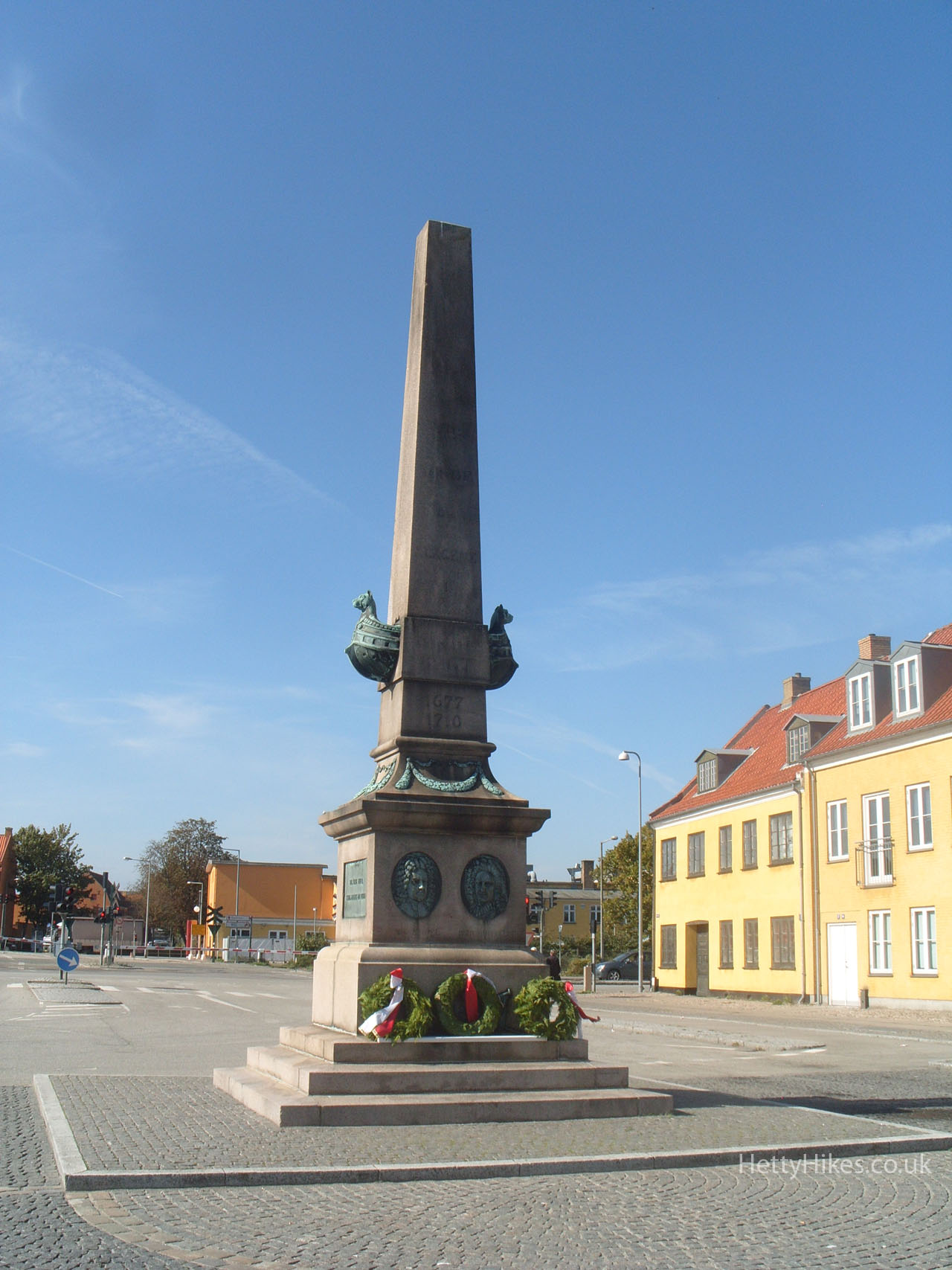 The Old Customs House until 1954, built in 1847
The Old Customs House until 1954, built in 1847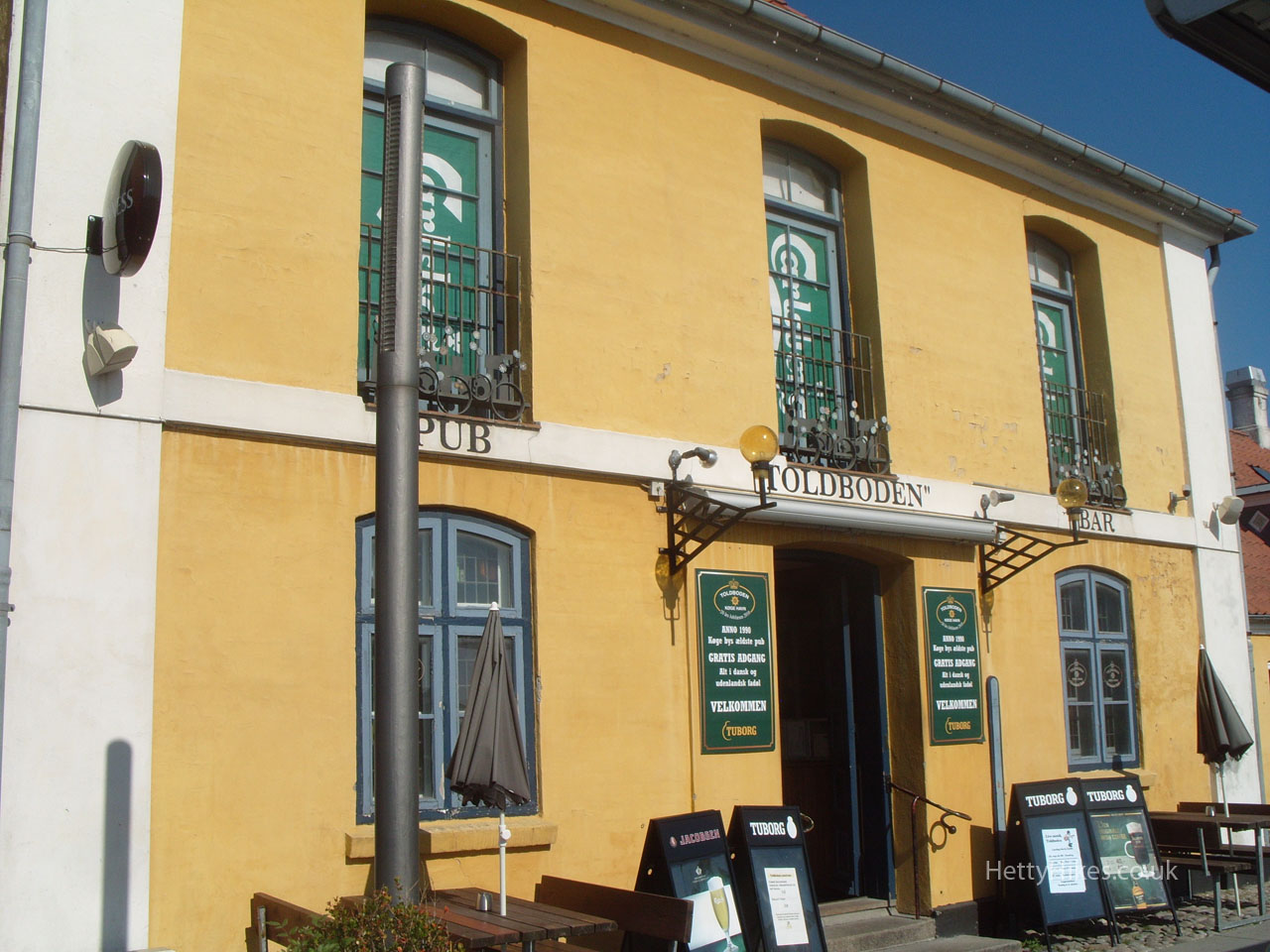
Next we took the S-train to Karlslunde and walked along the beach to Greve
For map of our walk click here. 3 miles 1 hour 25 mins

